Spotlight on Equestrian Legends: Riders Who Made History
May 07, 2025 | Super Equestrian
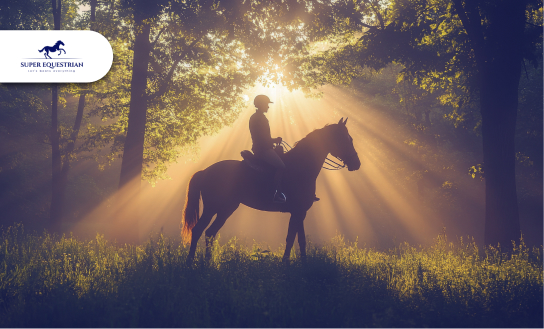
Since equestrian sports first entered the Olympic arena in 1900, a few riders have left marks deeper than tracks in sand. In the equestrian world, history isn’t just measured in medals. It lives in the subtle moments, a still hand on the reins, a deep breath before a course, the quiet understanding between horse and rider.
They elevated the sport through grace, grit, and an unwavering bond with their horses. Some changed the course of riding styles, and others shattered records no one thought possible.
This post is for them. The legends whose stories go beyond ribbons and podiums. Riders who rode with feeling, with fire, and with the kind of trust that can’t be taught. Their journeys still guide us, hoofbeat by hoofbeat.
I) Breaking Barriers: Women Who Rode into History
These phenomena reminded us that true greatness can be steady and graceful in a world that often celebrates flash and flair. Their legacy is in the thousands of young riders who now look at dressage and show jumping courses and believe they can conquer them, too.
1) Charlotte Dujardin: Dressage Redefined
Few names shine as brightly in the world of dressage as Charlotte Dujardin. Her rise from working student to Olympic champion didn’t just challenge the norms of the sport; it quietly transformed them.
Between 2012 and 2020, Charlotte earned 3 Olympic gold medals, 1 silver, and 1 bronze, becoming Britain’s most decorated female Olympian alongside cyclist Laura Kenny.
(Source: Olympics.com)
However, beyond the medals, what captivated the world was her connection with Valegro, a horse whose name is now inseparable from hers.
Together, Charlotte and Valegro broke multiple world records in Grand Prix Dressage:
- Grand Prix Freestyle: 94.3%, set in 2014 at Olympia (Guinness World Records).
- Grand Prix Special: 88.022%, recorded at CDI Hagen in 2012 (Eurodressage).
- Grand Prix: 87.460%, set at Olympia CDI-W 2014 (British Dressage).
Charlotte reminded the world that dressage isn’t only about precision; it’s about partnership. Her influence reshaped how young riders view success. Not as a climb to the top, but as a journey built on trust, patience, and quiet confidence.
Even after Valegro’s retirement in 2016, the echoes of their rides continue to guide the sport. Charlotte’s legacy lives in the hearts of those who believe the best riding begins with respect.
2) Beezie Madden: The First Lady of Show Jumping
In a sport long dominated by men, Beezie Madden didn’t just step onto the international stages, she owned it. With quiet poise and fierce determination, she became a symbol of excellence in show jumping, opening doors and redefining expectations for generations of riders to come. Her nickname, “The First Lady of Show Jumping,” is more than just a title.
In 2014, she made history as the first woman to win the King George V Gold Cup at Hickstead. It’s one of the sport’s most prestigious and storied competitions
(Source: FEI.org).
It was a moment that proved gender was no barrier to grace under pressure, and her calm, collected ride stood as a masterclass in control and connection.
Beezie has amassed over $1 million in Grand Prix earnings. It’s a tribute, not only to her talent but to her longevity in a sport where consistency is rare and resilience is everything.
(Source: USEF.org)
Her partnership with legendary horses like Authentic and Darry Lou showed that success isn’t about overpowering the course; it’s about understanding your partner, creating a stronger bond, and rising to the challenge together.
Her four Olympic medals: two golds (2004 team, 2008 team), one silver (2016 team), and one bronze (2008 individual), only begin to scratch the surface of her influence. More than a champion, Beezie became a role model. She led not with bravado but with a quiet strength that said: “You belong here.”
II) Legends Who Defied the Odds: Comebacks, Longevity & Grit
%20Legends%20Who%20Defied%20the%20Odds_%20Comebacks%2C%20Longevity%20%26%20Grit(1).jpg)
In a sport where both horse and rider are tested across disciplines, few athletes have shown the staying power, adaptability, and sheer heart
1) Mark Todd: The Comeback King of Eventing
Mark Todd is a living legend in the world of eventing, renowned for his unparalleled longevity and resilience.
Throughout his career, he competed in seven Olympic Games spanning from 1984 to 2012, making him one of the most experienced Olympians in equestrian history.
(Source: New Zealand Olympic Team )
In recognition of his exceptional contributions to the sport, Todd was honored as the FEI Event Rider of the 20th Century in 2000, a testament to his enduring impact on eventing. Even after retiring in 2000, Todd made a remarkable return to top-level competition at the age of 52, competing in the 2008 Beijing Olympics.
His comeback was further highlighted by his victory at the 2011 Badminton Horse Trials, where he became the oldest rider to win the prestigious event at 55 years old. And for riders of all ages, his story is living proof that it’s never too late to chase another finish line.
2) Lorna Johnstone: Competing at 70
In an arena that often favors youth, Lorna Johnstone proved that age is no match for purpose.
At the 1972 Munich Olympics, she made history as the oldest female Olympian ever, competing at the age of 70 in the sport of dressage.
(Source: Ol)ympic..com)
This is a discipline that rewards precision, balance, and a deep, intuitive bond between horse and rider with proper training techniques. While she never medaled at the Games, Lorna’s legacy is no less golden. Her story whispers gently to every rider watching from the sidelines: You’re never too old, and it’s never too late.
III) Powerhouses of Passion: Global Icons Who Elevated the Sport
%20Powerhouses%20of%20Passion_%20Global%20Icons%20Who%20Elevated%20the%20Sport.jpg)
1) Rodrigo Pessoa: Grace in the Air
When Rodrigo Pessoa soared to Olympic gold in 2004, he didn’t just secure a victory for Brazil opened the gates for a new generation of show jumpers across South America and beyond.
As the first Brazilian to win individual Olympic gold in equestrian sport, Rodrigo became a symbol of international excellence and elegance in the saddle. Rodrigo's brilliance didn’t begin or end with that single ride in Athens.
From 1998 to 2000, he dominated the international stage by winning three consecutive FEI World Cup Finals, a feat few riders have matched.
(Source:Cavalli & Cavalieri )
His name became famous for his technical brilliance and composure. At the heart of Rodrigo’s success was his unforgettable partnership with Baloubet du Rouet, a fiery and fearless stallion with whom he shared a connection that seemed almost telepathic.
Pessoa’s journey is one of grace under pressure, but also of breaking barriers. Showing that with discipline, patience, and passion, a rider from anywhere in the world can take on the very best and rise.
2) Anky van Grunsven: The Dutch Dressage Trailblazer
Few names in dressage echo with as much influence and innovation as Anky van Grunsven. The Dutch icon didn’t just compete at the highest level—she reshaped the very style and philosophy of modern dressage. Her ride was different: expressive, fluid, and quietly radical.
Anky is the only rider in Olympic history to win gold in three consecutive Games—Sydney 2000, Athens 2004, and Beijing 2008. Her medal count?
A staggering nine Olympic medals, making her one of the most decorated equestrians of all time.
( Source: Eurodressage).
But beyond medals, it was her influence in the arena that made the deepest mark. Anky championed the use of freestyle dressage with music, helping to transform the discipline into a performance art blending athleticism with aesthetics. It welcomed wider audiences and inspired countless riders to explore creativity in their training.
With her charismatic presence and quiet resolve, Anky gave voice to the idea that power in dressage isn't about domination, it's about harmony. She didn't just master the sport. She moved it forward.
IV) Behind the Bridle: What Made These Riders Unforgettable
%20Behind%20the%20Bridle_%20What%20Made%20These%20Riders%20Unforgettable.jpg)
In every great ride, there’s something unseen, something deeper than medals or rankings. It’s in the quiet moments between jumps, the invisible thread of trust during a dressage pirouette, or the gritty breath drawn before galloping toward a cross-country fence. What sets these equestrian legends apart isn’t just their records. It’s their resilience, partnership with the horse, and an unwavering love for the sport.
Charlotte Dujardin once said,
“The horse always comes first.”
It wasn’t a slogan, it was a standard. Whether in the Olympic spotlight or quiet training arenas, riders like Charlotte, Anky, Rodrigo, and Beezie placed the well-being of their horses above all. That deep-rooted respect is what shaped their greatness.
Mark Todd, who returned to Olympic-level eventing at 52, once remarked:
“You never stop learning with horses. They teach you more than you teach them.”
It’s this humility, this awareness that mastery is never final—that gave their riding timeless elegance. They didn’t just dominate the sport—they humanized it.
Their influence didn’t fade with the final medal ceremony. Beezie Madden proved that women could not only compete but lead in a sport that once sidelined them. Lorna Johnstone, with grace at 70, quietly shattered the idea that equestrianism had an age limit. And Anky van Grunsven, by blending classical skill with bold innovation, made space for creativity in a discipline rooted in tradition.
Through them, young riders learned that brilliance isn’t always flashy—it can be calm, consistent, and compassionate. These legends didn’t just raise the bar. They widened the path.
And somewhere, right now, a girl in boots too big is watching a replay of Charlotte and Valegro gliding across the arena. Or a retired rider is brushing their horse, remembering that time Mark Todd came back. These are the ripples of greatness. They don’t shout, they echo.
Conclusion: In Every Stirrup, a Legacy
When we look back at these riders, not just as champions, but as human beings bonded to their horses, we see more than just accolades. Each of them, in their own way, reshaped what it means to be an equestrian. Charlotte Dujardin redefined grace in motion. Beezie Madden stood tall as a pioneer for women. Mark Todd proved that passion doesn’t fade with age. And Lorna Johnstone reminded the world that heart, not years, defines a rider.
These are the quiet rhythm in every warm-up ring, the courage behind every first fall, and the quiet fire in every rider who dares to dream.So now, we turn the reins over to you. Whose story inspires you the most? Share your favorite equestrian legend with us. Let’s keep these legacies alive.
Recent Blogs
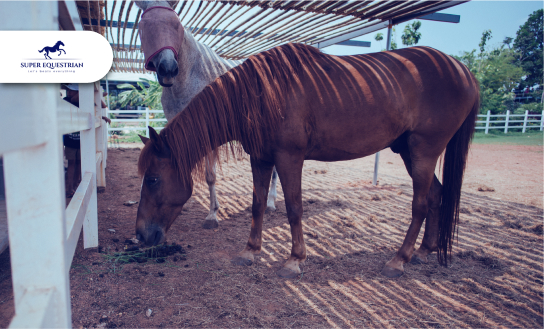
Common Equine Diseases and How ...
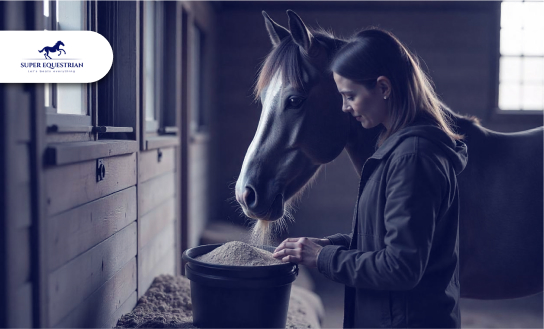
Equine Health Supplements: What Every ...
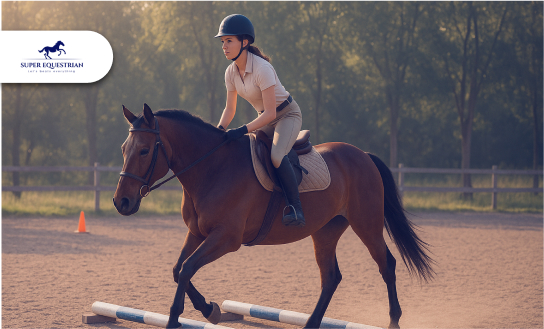
Jumping Basics: How to Prepare ...
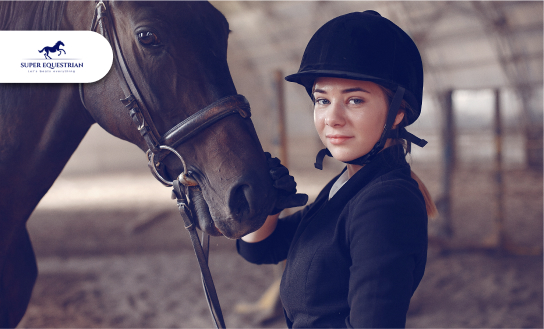
Essential Horse Riding Gear for ...
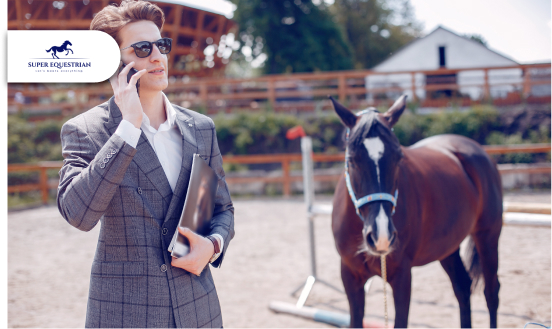
How to Balance Work, Life, ...

How to Balance Work, Life, ...
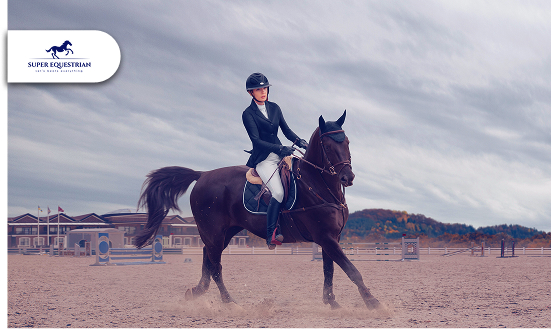
Top 5 Exercises to Improve ...
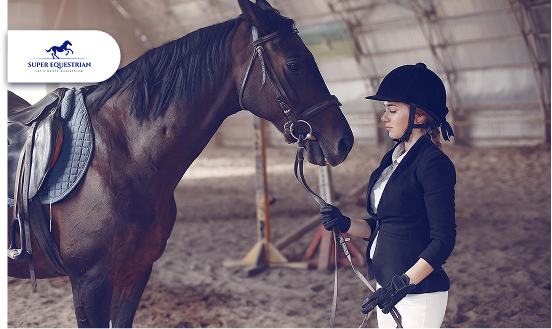
How to Build Confidence as ...

Spotlight on Equestrian Legends: Riders ...
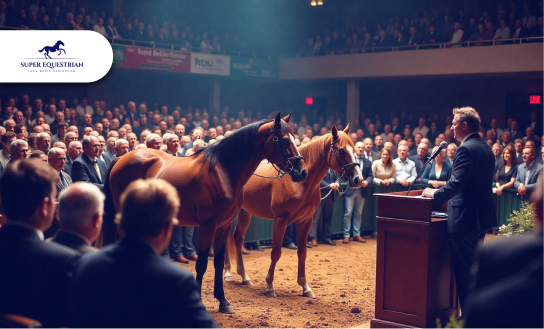
Horse Auctions and Sales...

Top Horse Friendly Travel Destinations ...

How to Build Stronger Bonds ...

Upcoming Horse Shows and Competitions ...
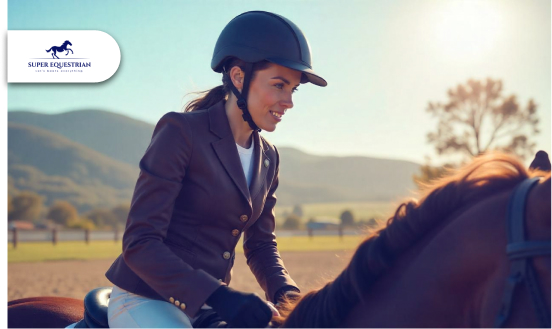
MIPS Equestrian Helmet The Future ...
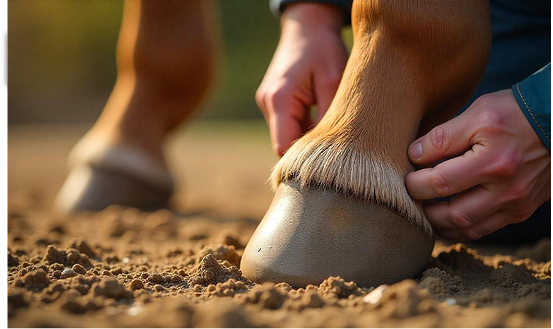
How to Recognize and Treat ...
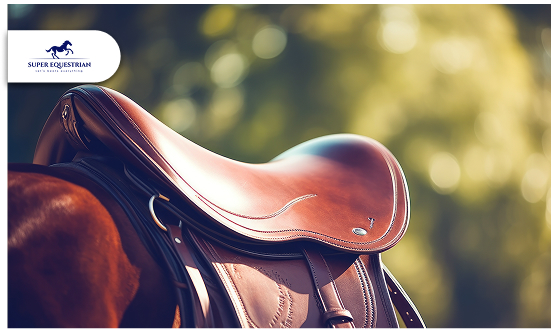
How to Choose the Perfect ...
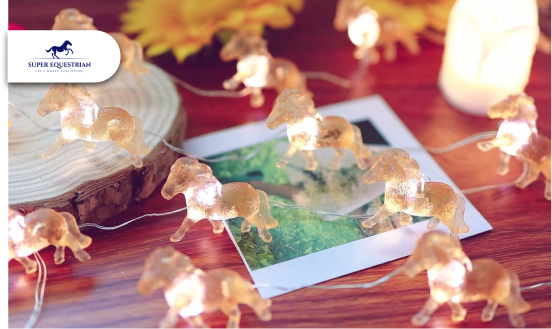
Horse-Themed Gifts Unique Ideas ...
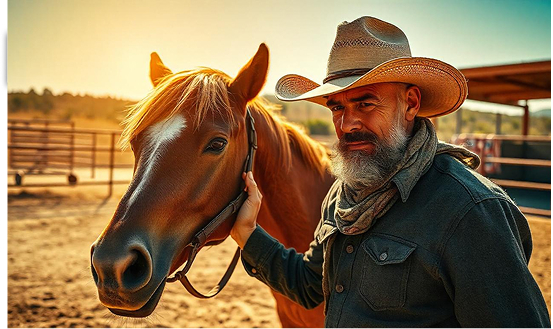
Horse Training Techniques: Creating A ...
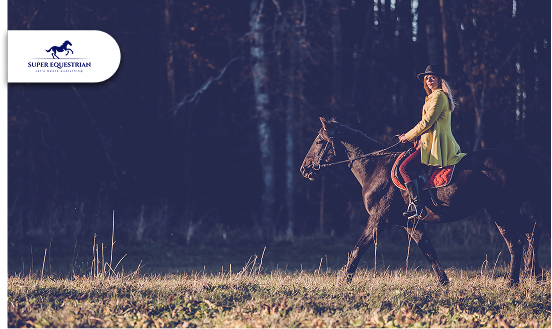
Horseback Riding Lessons – Everything You ...
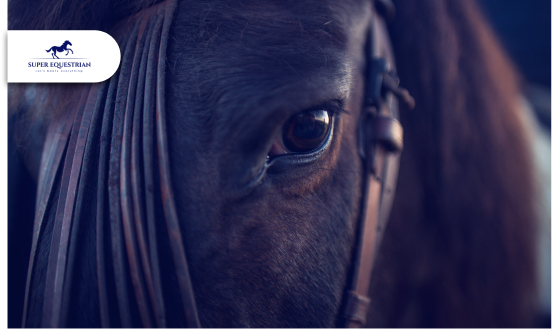
Horse Photography Tips: Learn the ...
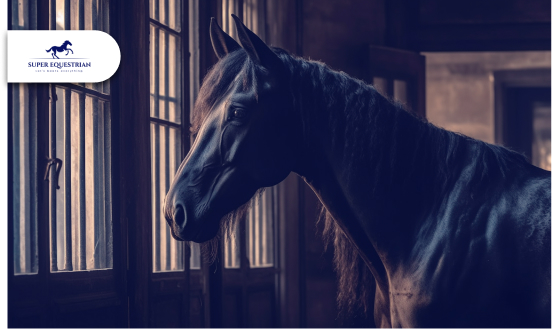
Horse Stable Management: The Quiet ...
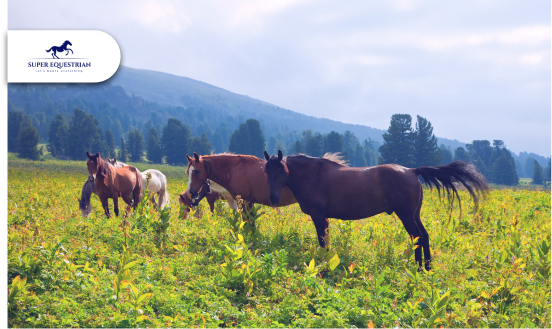
Horse Rescue Organizations: A Profound ...
Horse Racing Events A Look ...
Best Horse Manure Fork Six ...
What Are The Rarest Horses ...
What Does It Mean When ...
Horse Insurance Providers This Is ...

Horse Behaviour and Psychology: Learn ...

How Much Does a Horse ...
.jpg)
Best Monoflap Saddles For Your ...
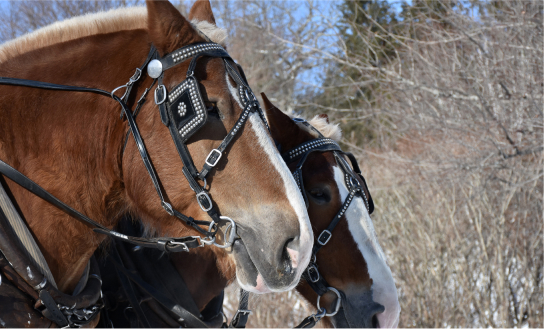
Best Hackamore For Barrel Racing...
.jpg)
Best Barrel Racing Reins Top ...
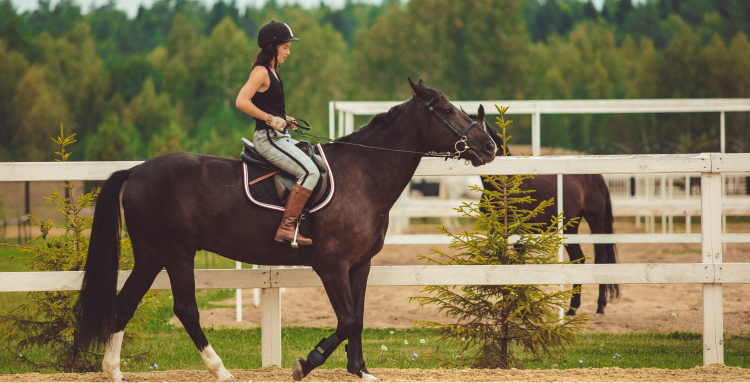
Horse Anatomy And Physiology: Facts ...
.jpg)
Best Stirrups For Ankle Pain - ...
.jpg)
Horse Care Tips and Tricks: ...
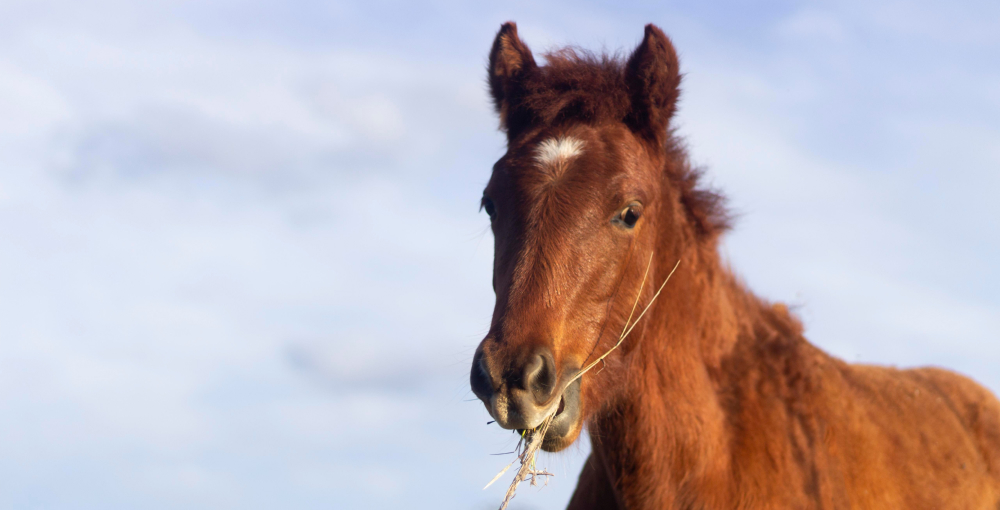
What Do Wild Horses Eat- ...
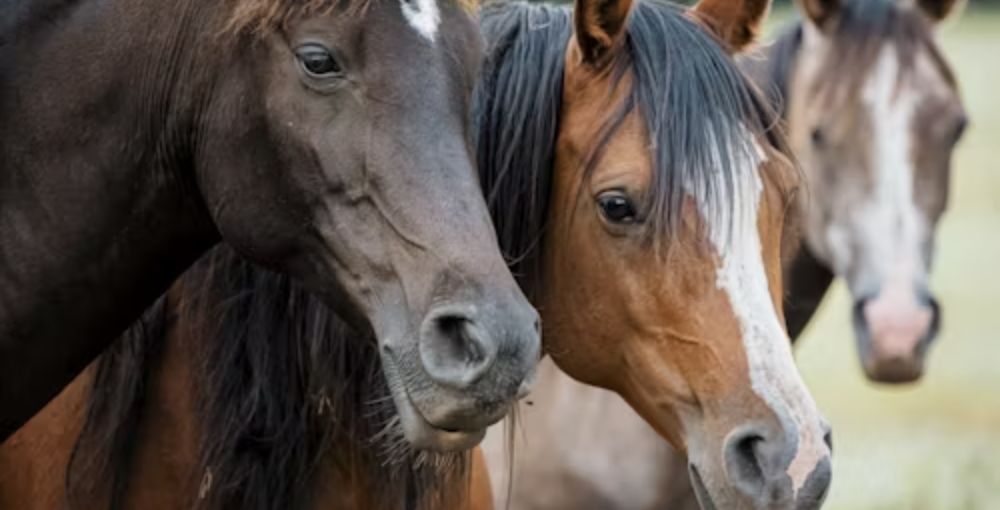
Horse Breeds and Characteristics: How ...
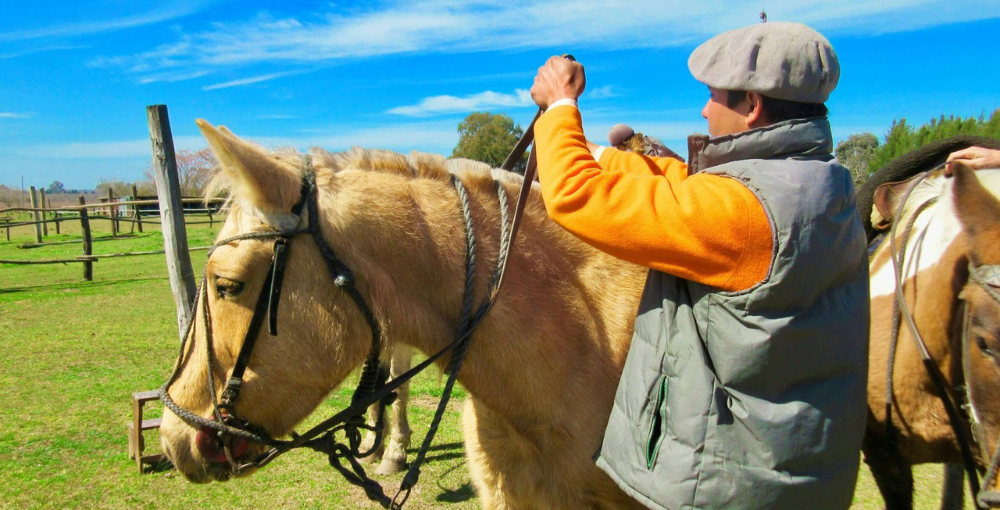
Best Barrel Racing Reins - Top ...

Horse Breeds and Characteristics: How ...
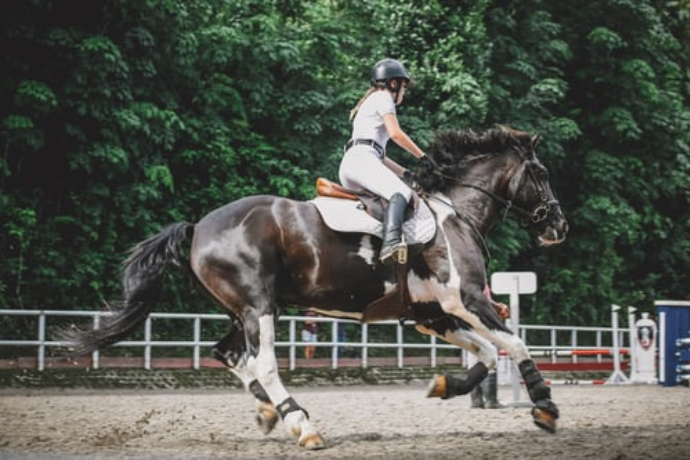
Best Breeches For Curvy Riders...
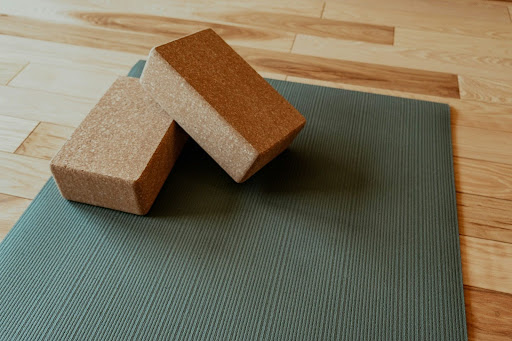
Best Stall Mats For Horses - ...

Best Horse Brushes ( A Thread ...

Best Saddle Rack ( Keep Your ...

Best Bit For Training a ...
.jpg)
10 Morgan Horse Show Held ...
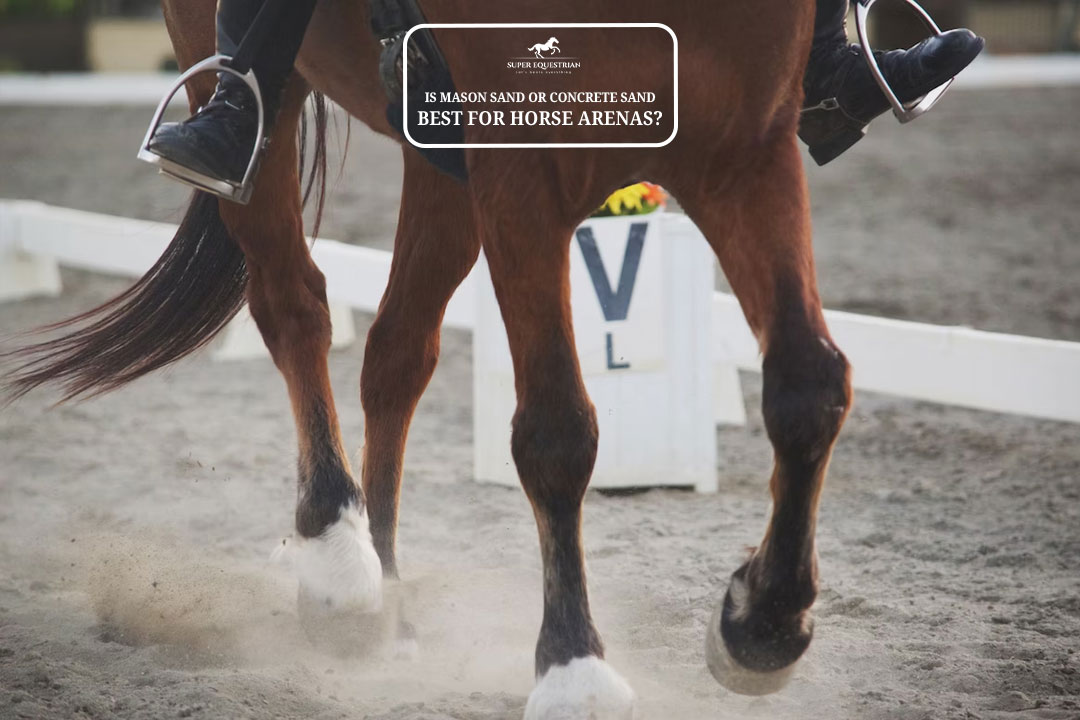
Is Mason Sand Or Concrete ...
.jpg)
Best Girth For Your Horse ...
.jpg)
Ranch Cutter vs Cowhorse Saddle? ...
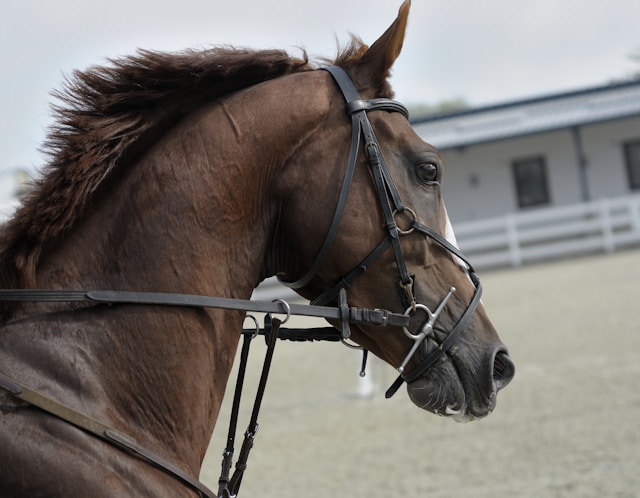
Types of Horse Bit and ...
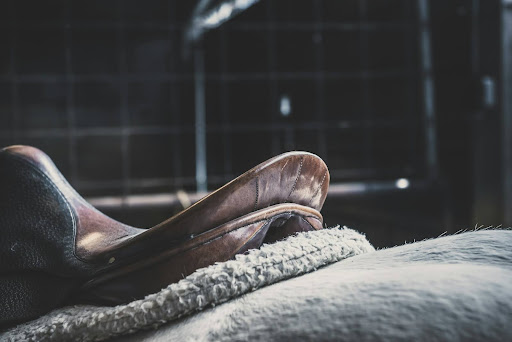
Is Hilason a Good Saddle ...
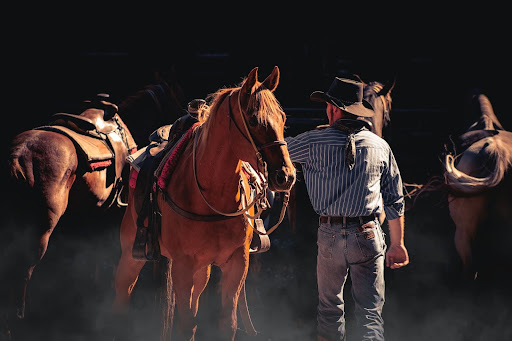
How to choose a bit ...
.jpg)
Best Salt Blocks For Horses...
.jpg)
Types of Horse Brushes (Equine ...
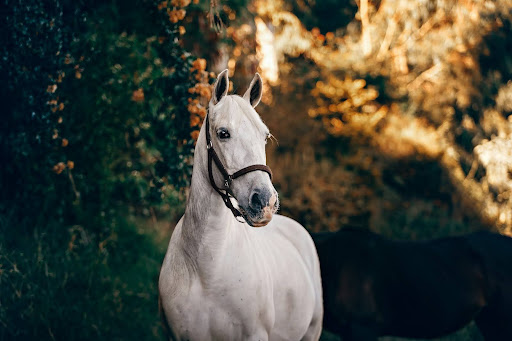
How To Get a Horse ...
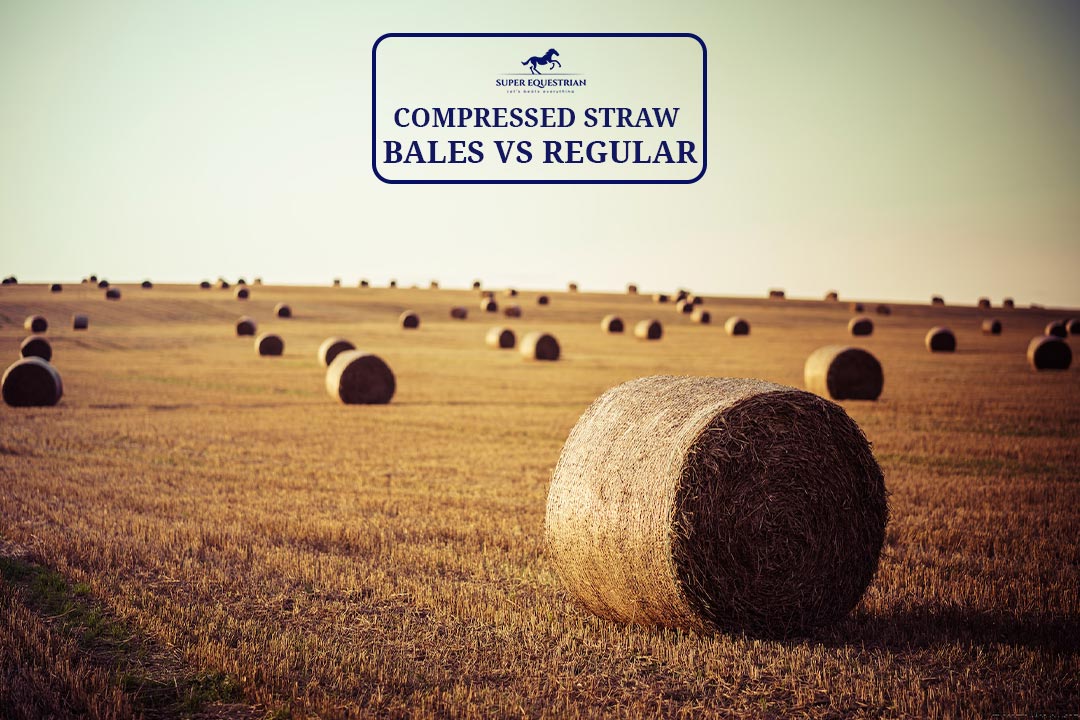
Compressed Straw Bales Vs Regular? ...
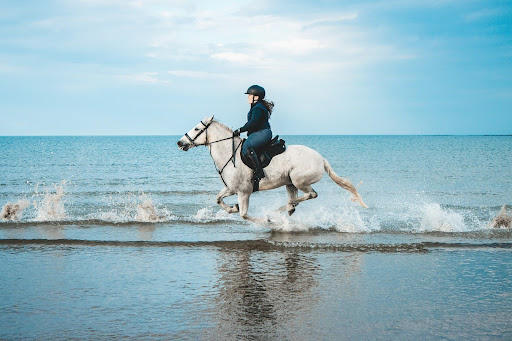
Horse Riding Lessons For Intermediate ...
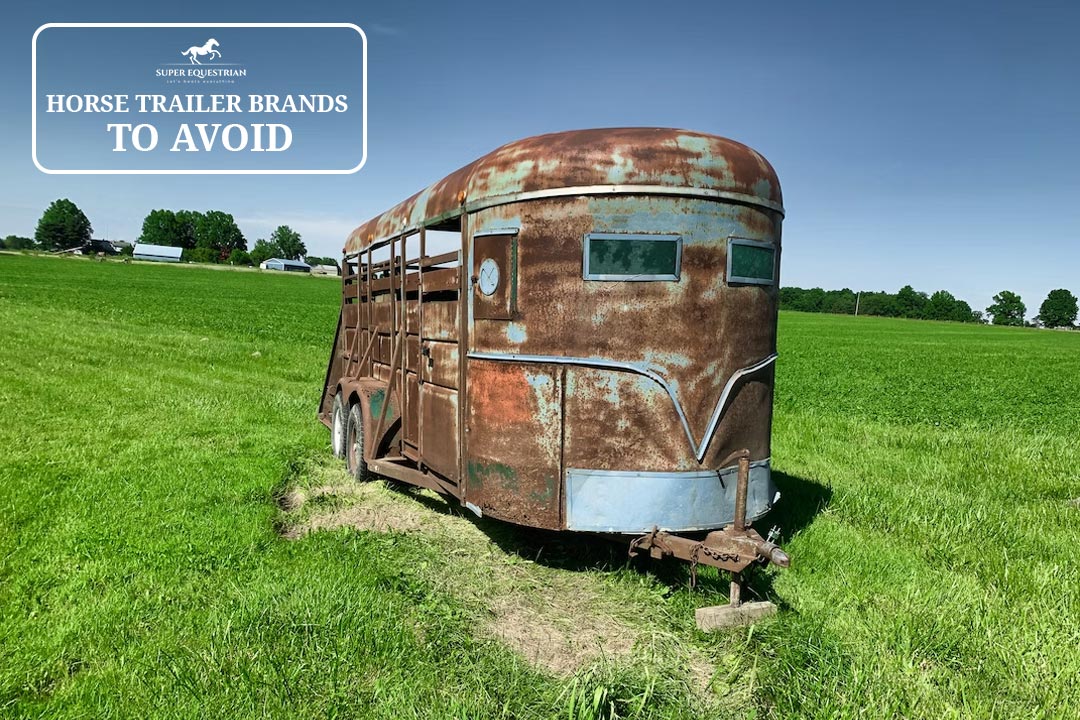
Horse Trailer Brands To Avoid...

Strawberry Roan vs Red Roan? ...
.jpg)
Gelding vs Stallion...
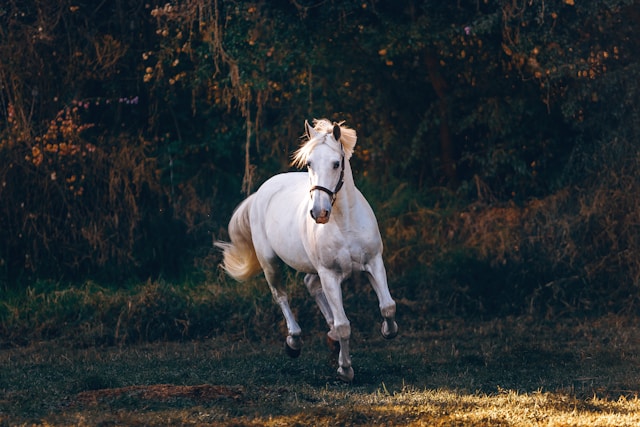
Why Does a Horse Whinny? ...

How to Clean a Rusty ...
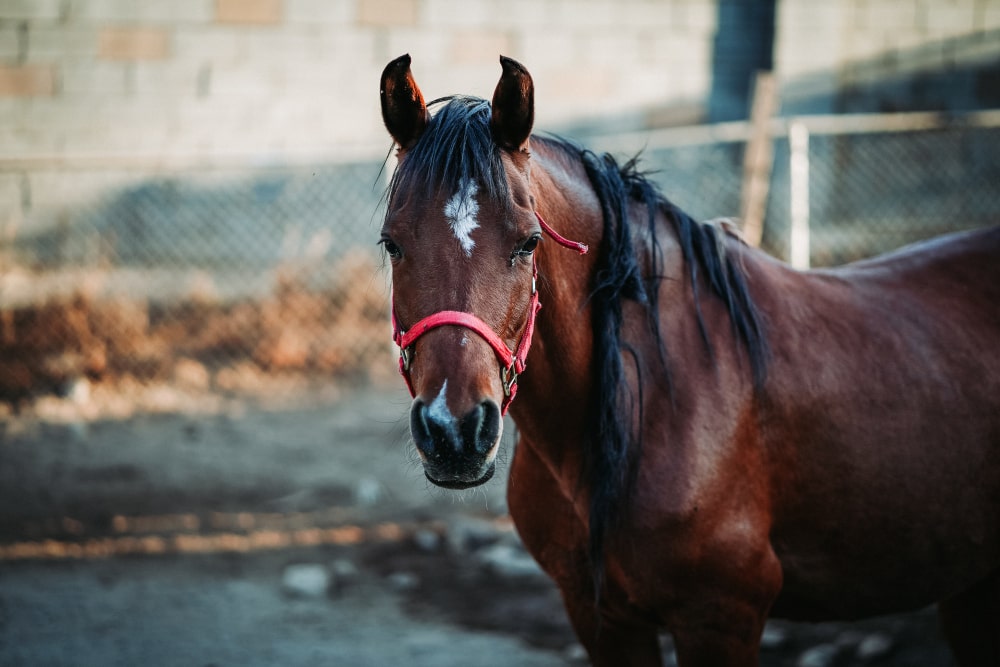
Why Do Horses Foam at ...
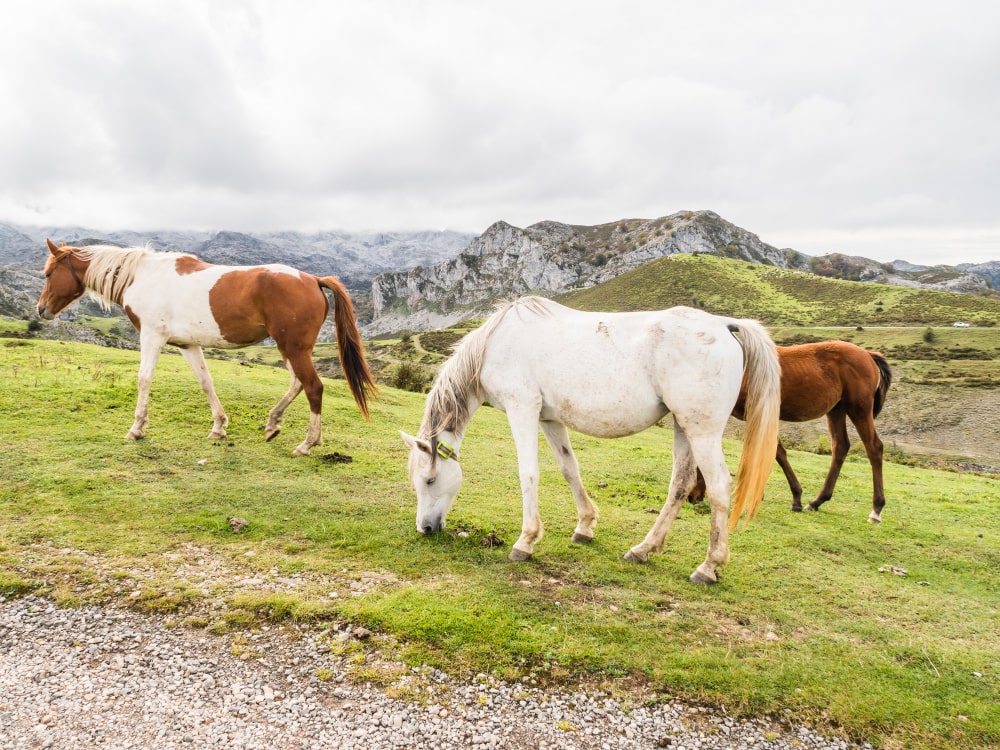
Why Do Horses Bob Their ...

Nutrition Unveiled: Triple Crown Senior ...
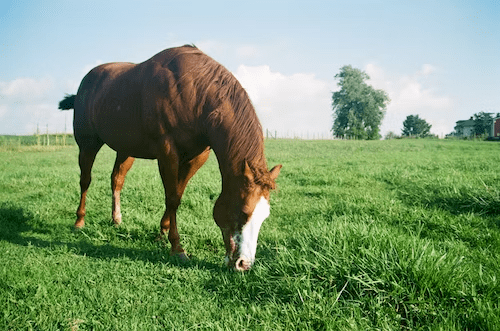
Pasture Pro Vs. Grazon: Horse-...
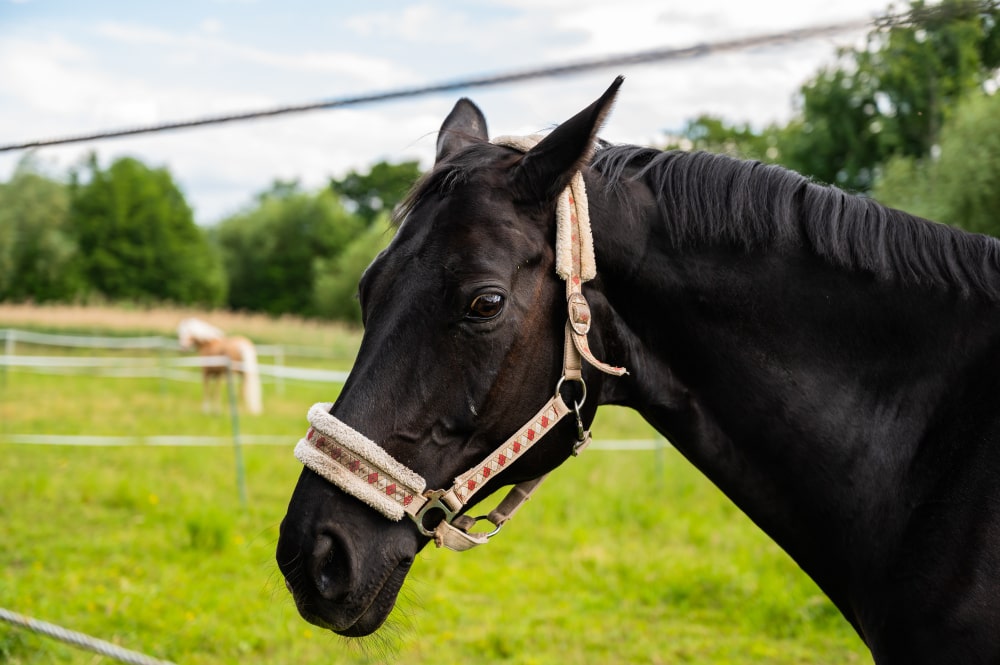
Dutch Gag Vs. Pelham: Bits ...
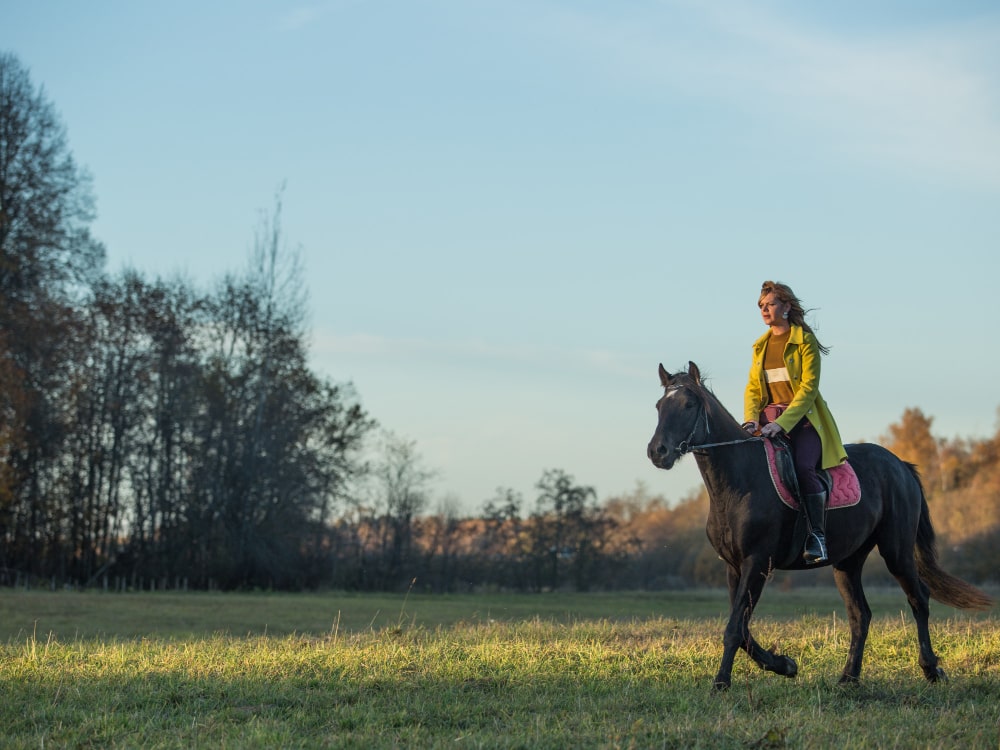
Walking Horse vs Racking Horse: ...
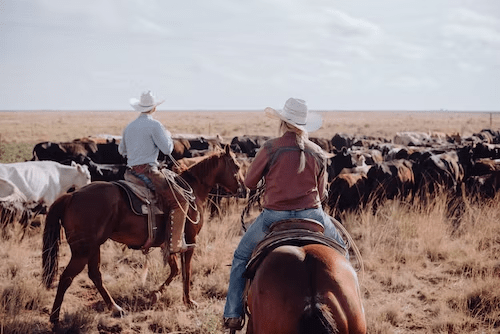
Wade vs Association Saddle: Your ...
.jpg)
Step Up vs Ramp Horse ...

Bosal vs Hackamore: A Head-...
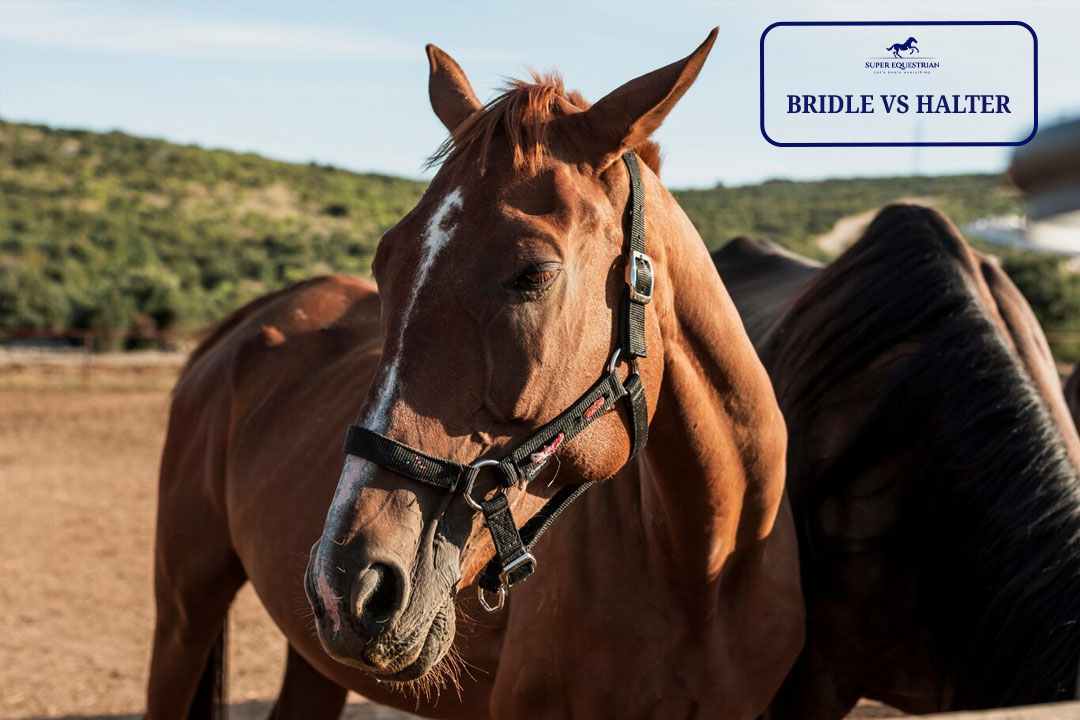
Bridle Vs Halter: Which One ...

Paddock Boots Vs Riding Boots: ...

Shadow Horse Trailer Problems: Causes, ...
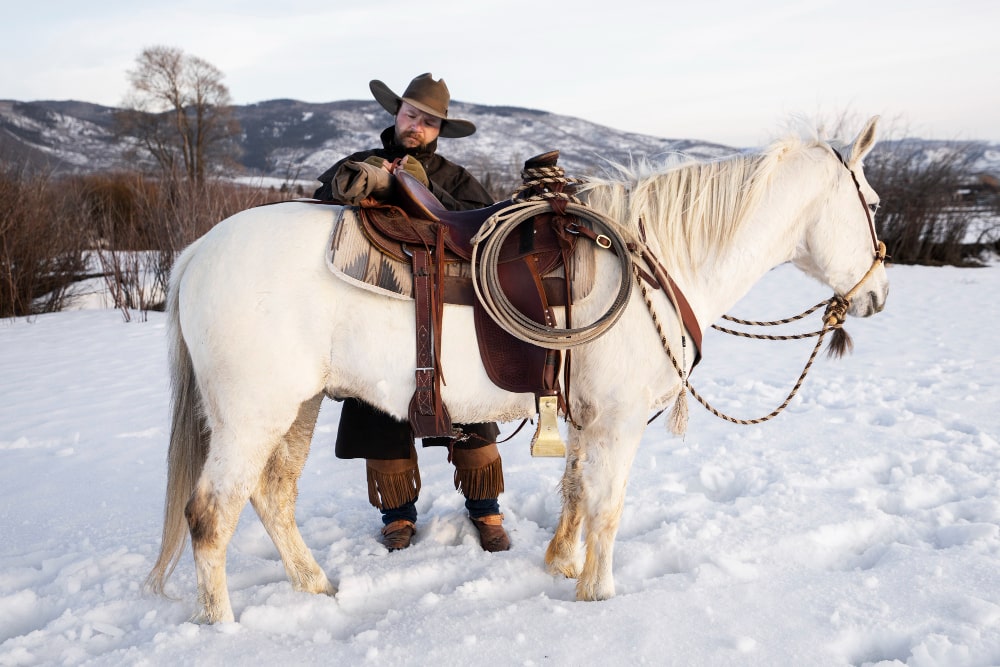
Are Billy Cook Saddles Good - ...

Let's Start at the ...
Benefits of Beet Pulp for ...
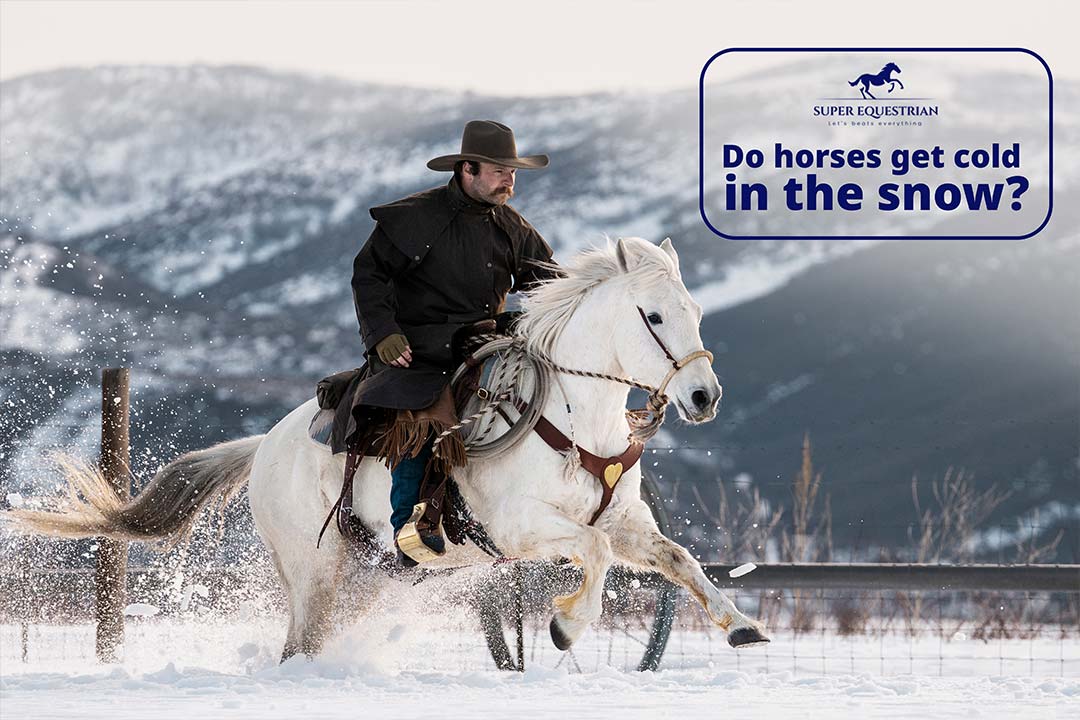
Do horses get cold in ...
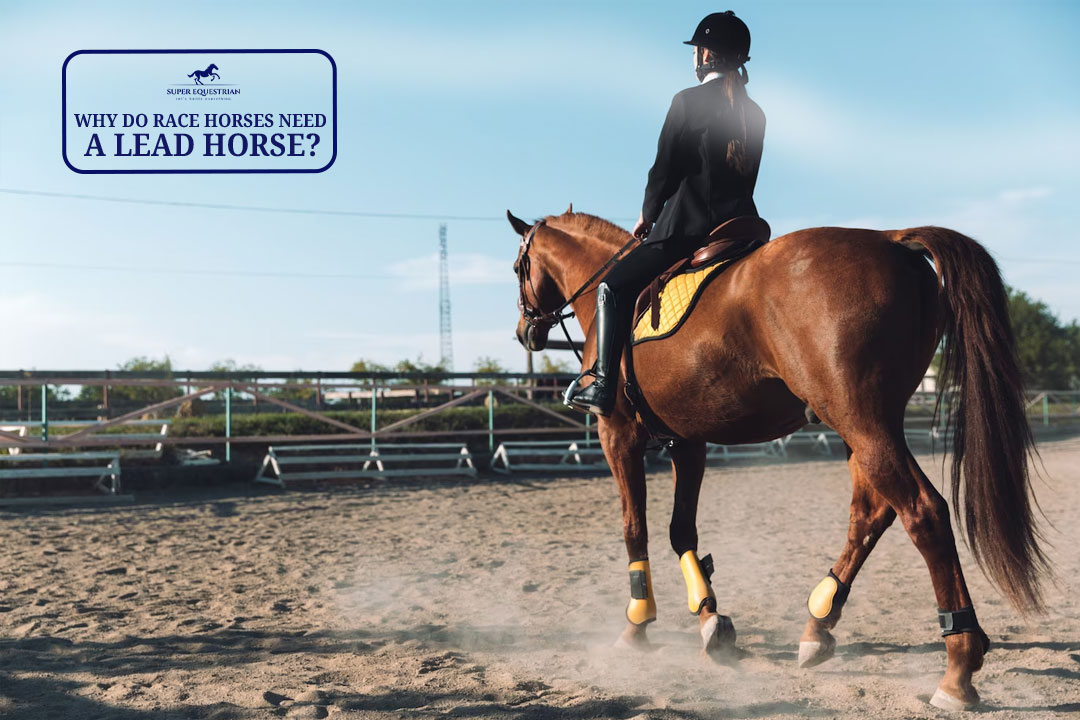
Why Do Race Horses Need ...
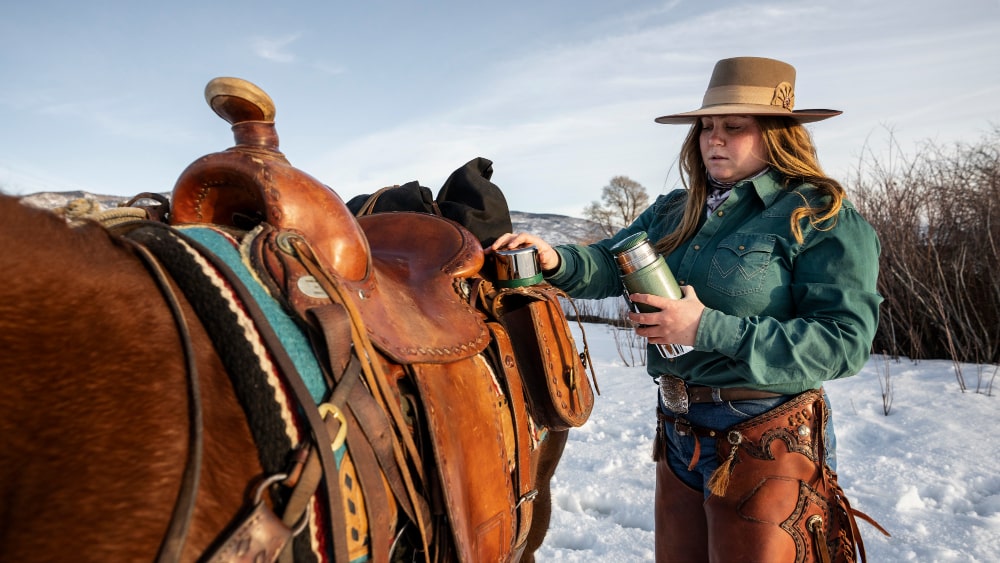
Ranch Saddle vs. Roping Saddle: ...

Round Pen vs Square Pen ...

Must Have Horse Trailer Accessories: ...
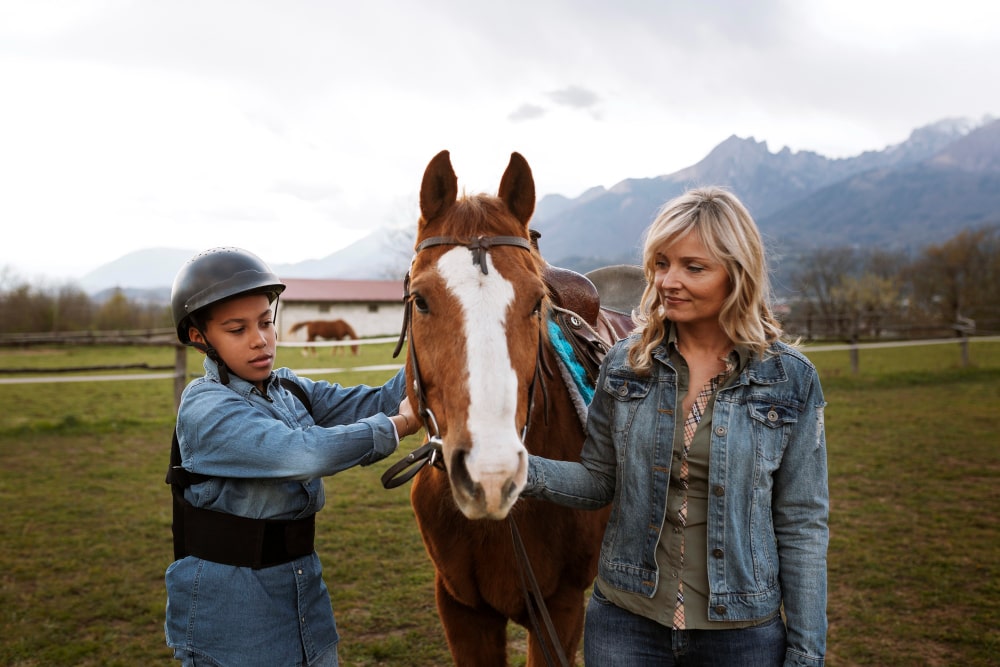
Is MIPS Worth for Equestrian?...
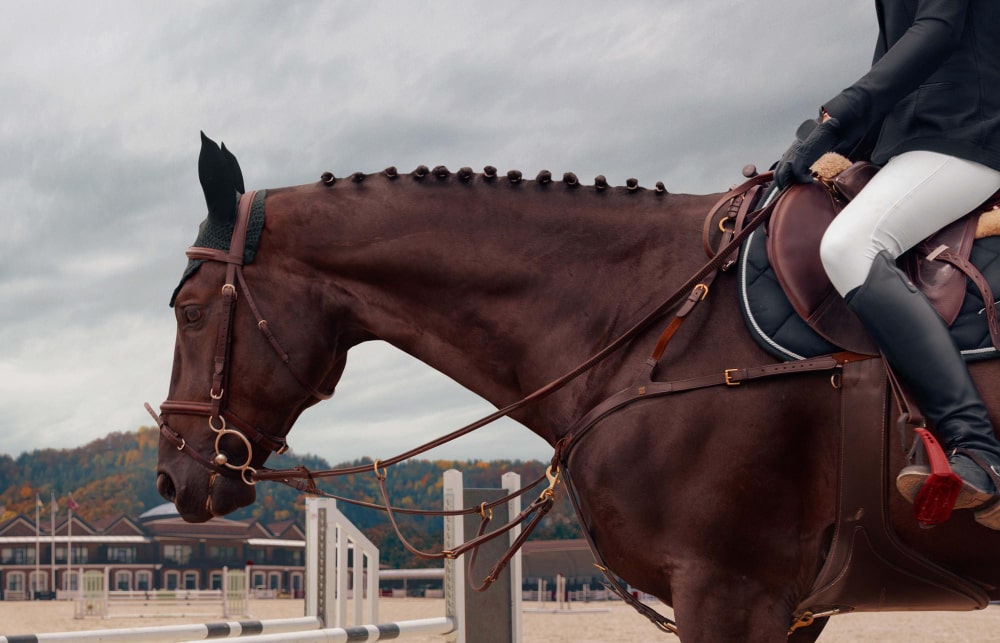
Natural Horsemanship vs Positive Reinforcement: ...

How to Mount a Horse ...
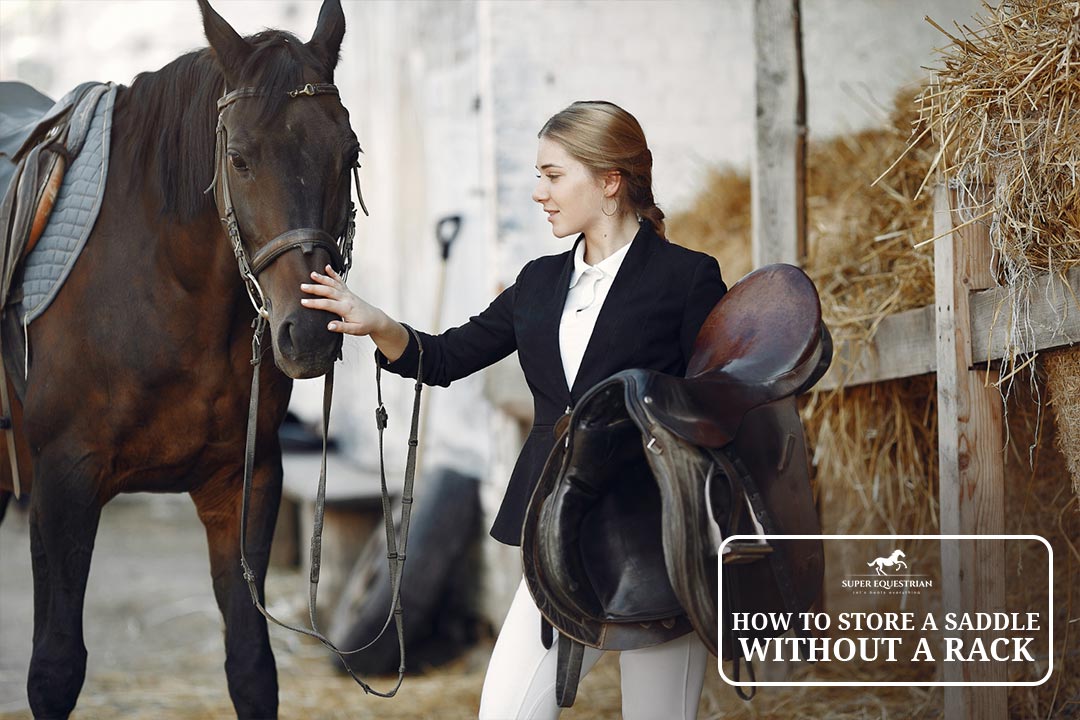
How to Store a Saddle ...
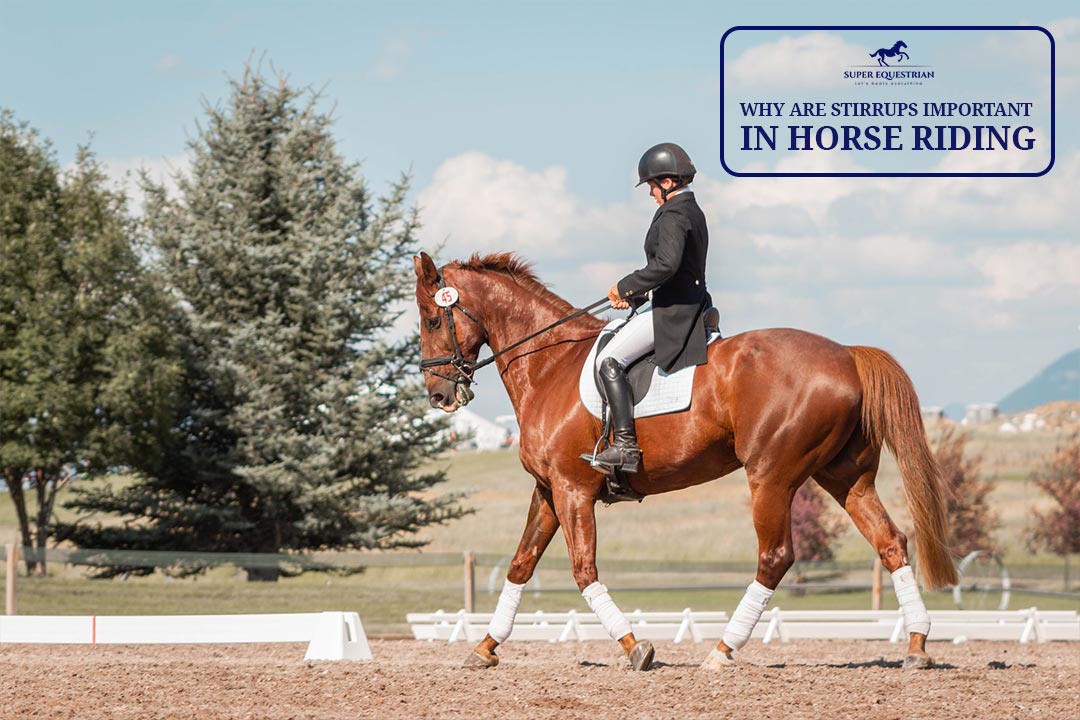
Why are Stirrups Important in ...
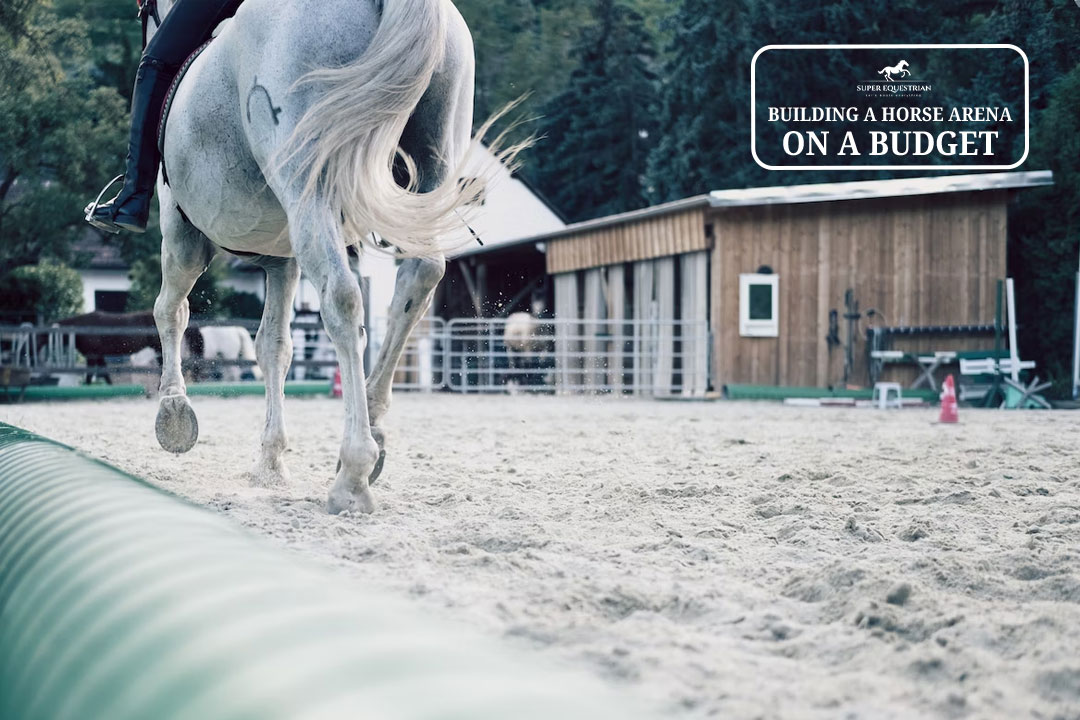
Building a Horse Arena on ...

How to Make Horse Treats ...

Order of Grooming a Horse...

Horse Riding Lessons Plan: The ...

Horse Trailer Roof Replacement and ...
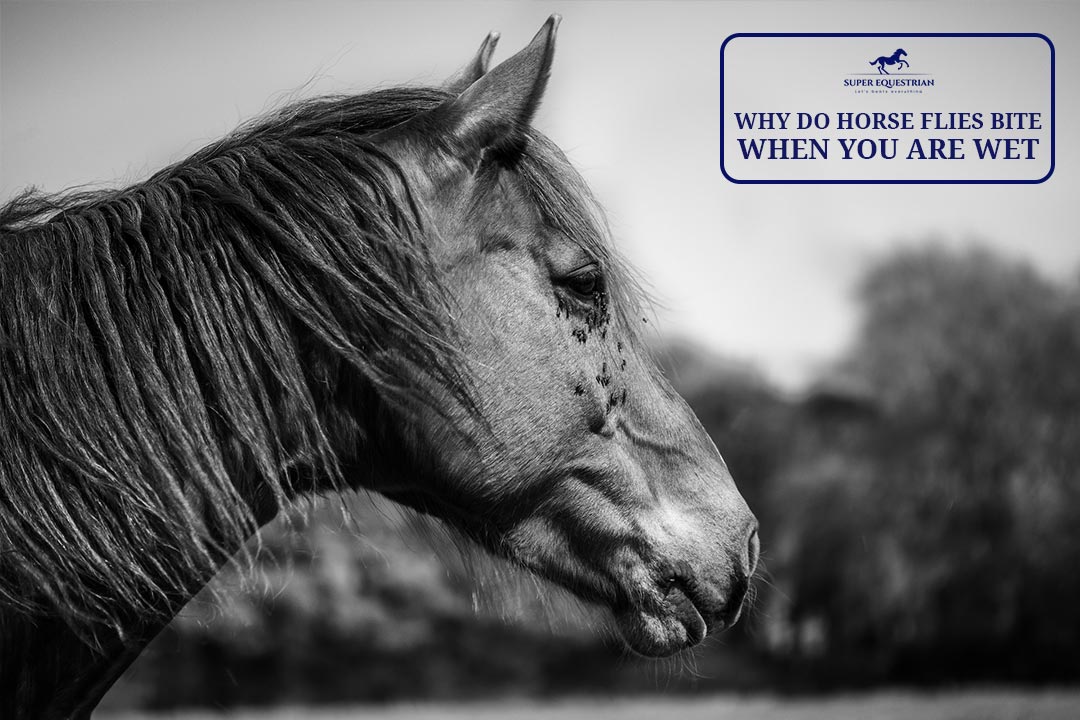
Why Do Horse Flies Bite ...
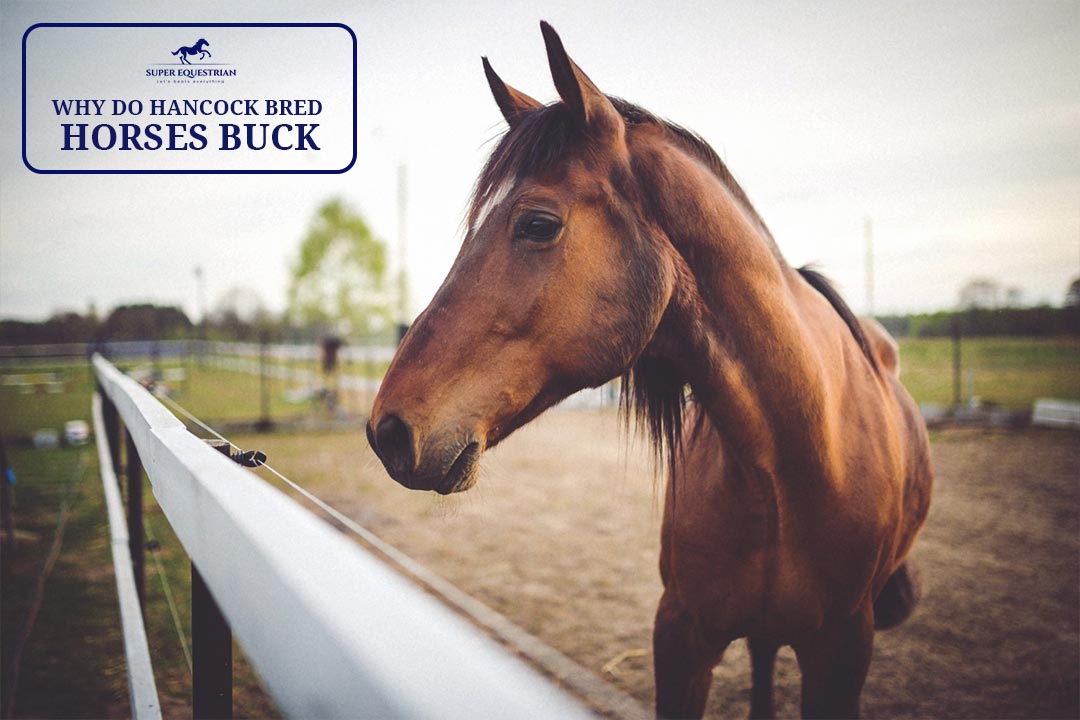
Why Do Hancock Bred Horses ...

Quarter Horse Bloodlines to Avoid...
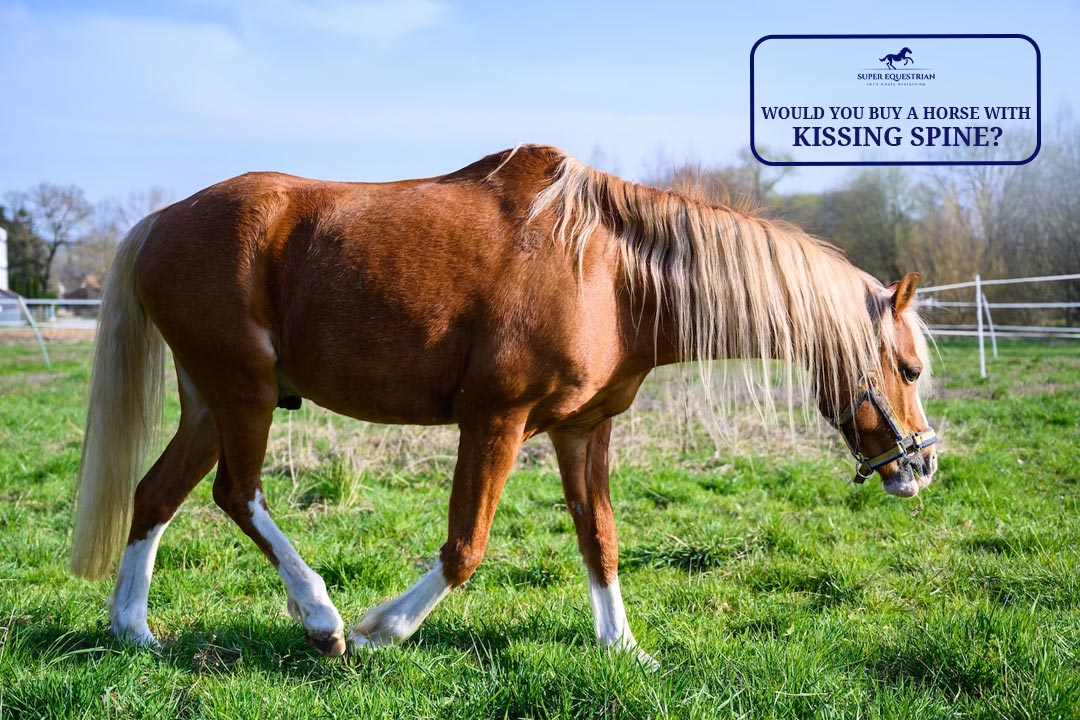
Would You Buy a Horse ...
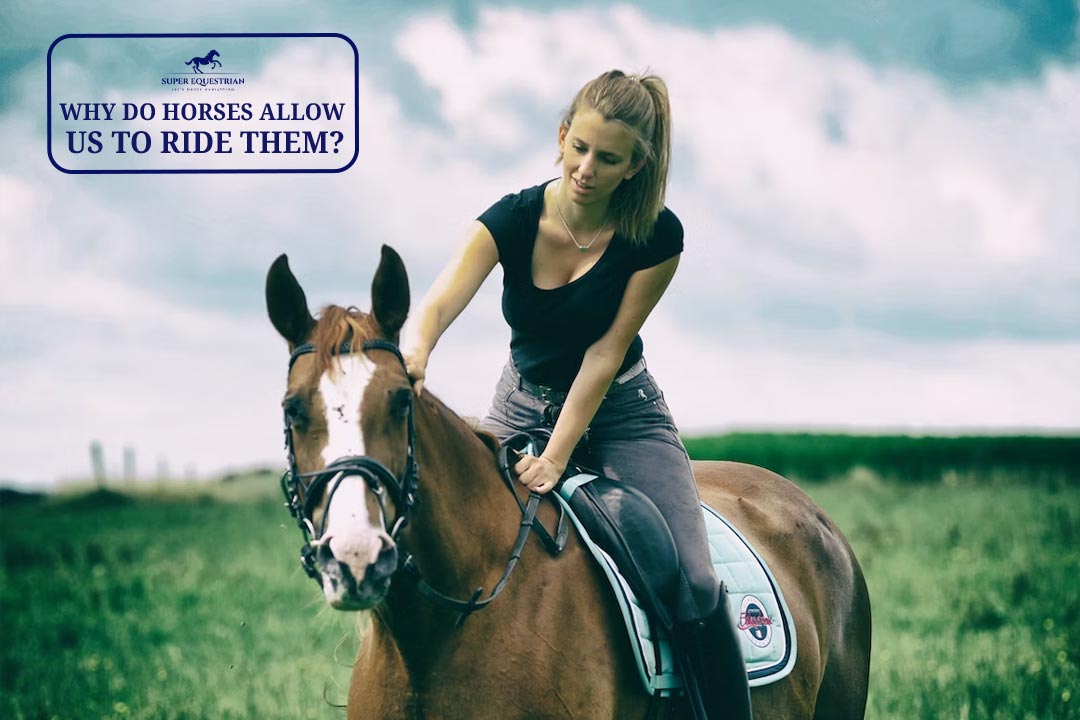
Why Do Horses Allow Us ...
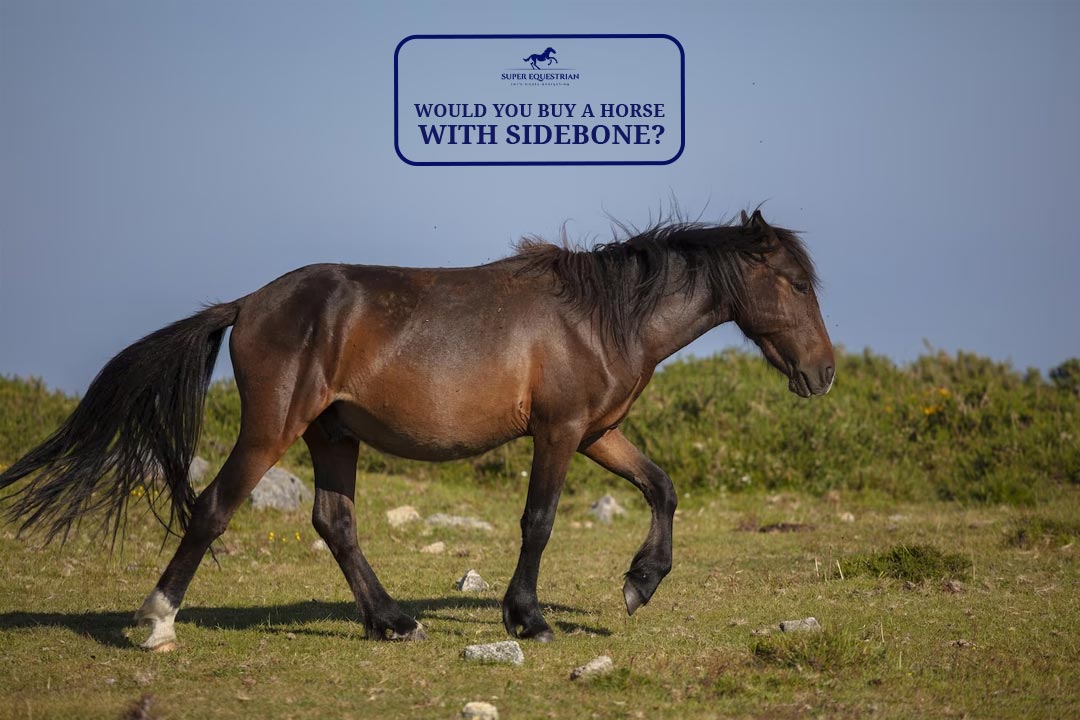
Would you buy a horse ...

Why Are Klapper Bits So ...
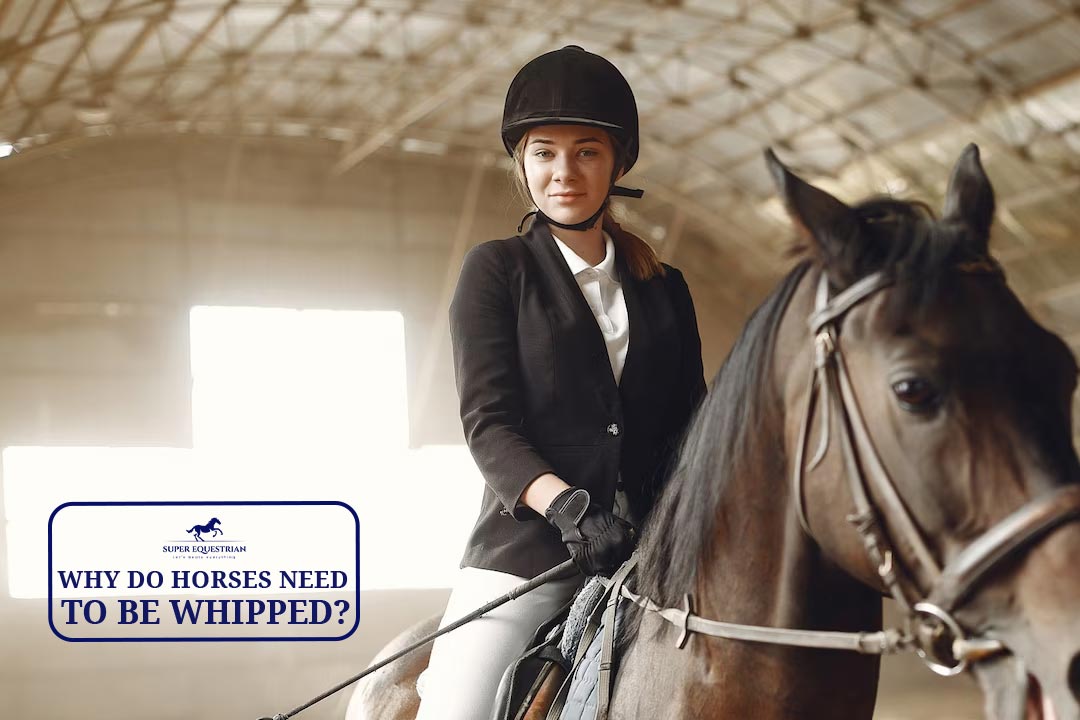
Why do horses need to ...

Why do you mount a ...
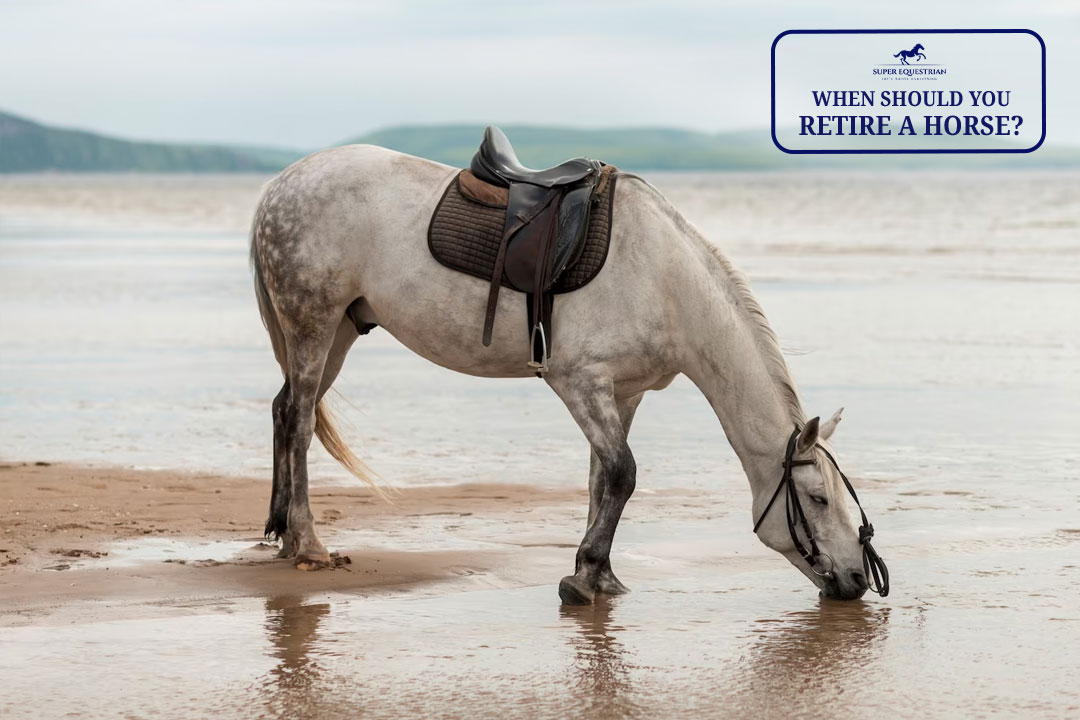
When Should You Retire A ...
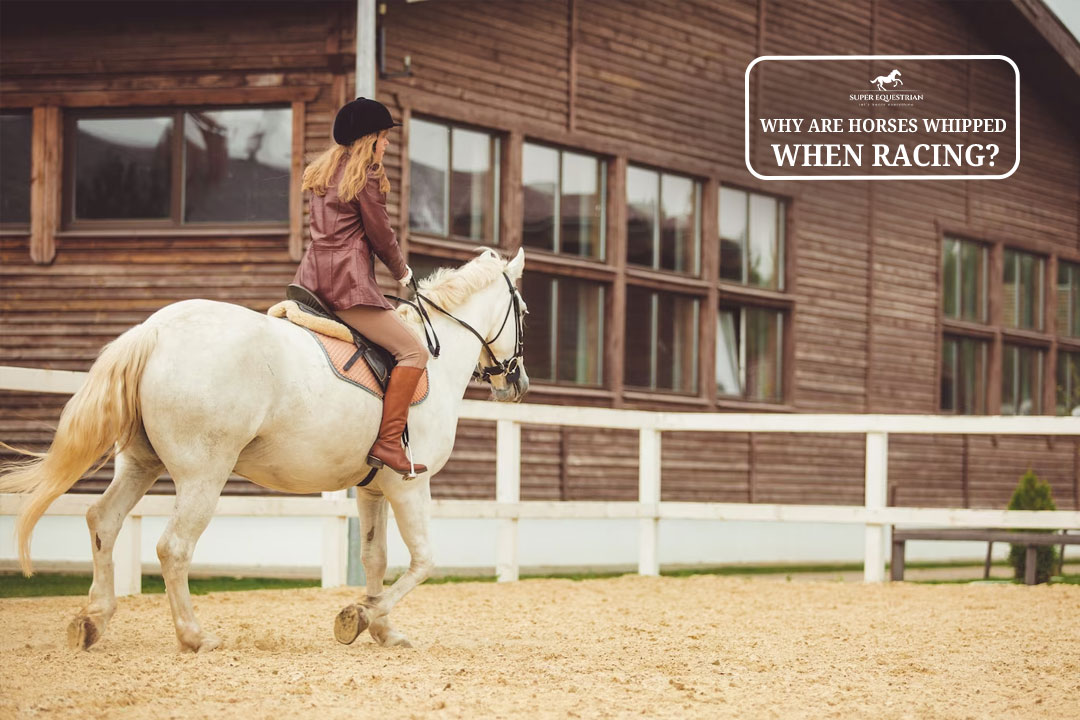
Why Are Horses Whipped When ...
.jpg)
Why Do Horses Have A ...
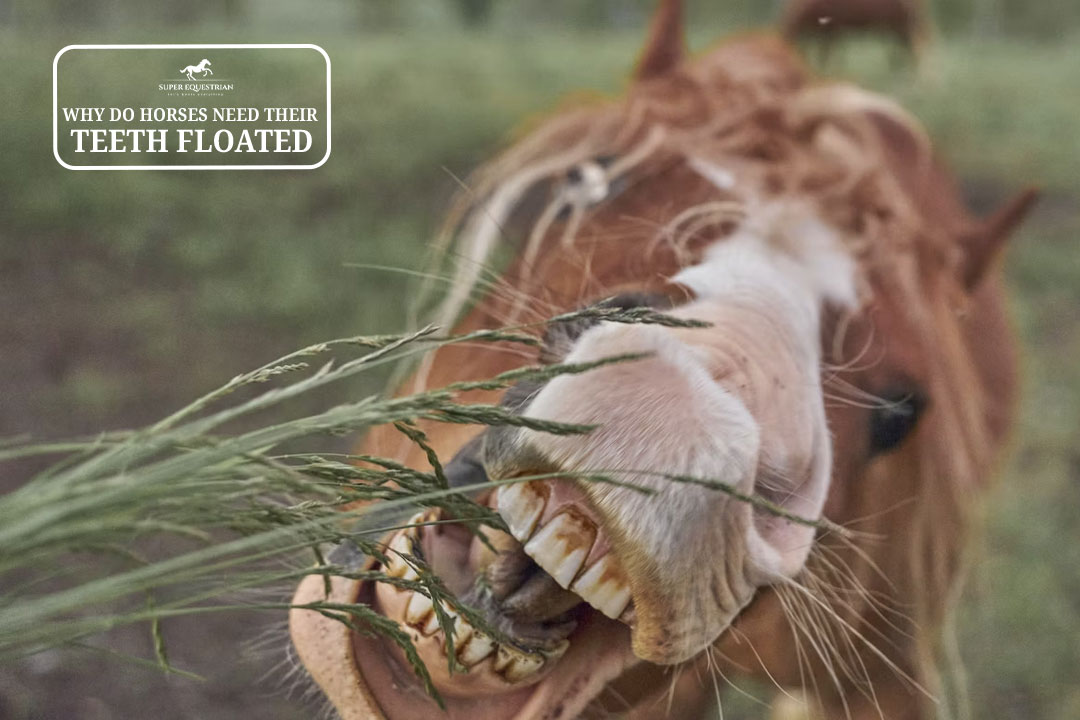
Why Do Horses Need Their ...

What To Do If Horse ...

What To Do If A ...
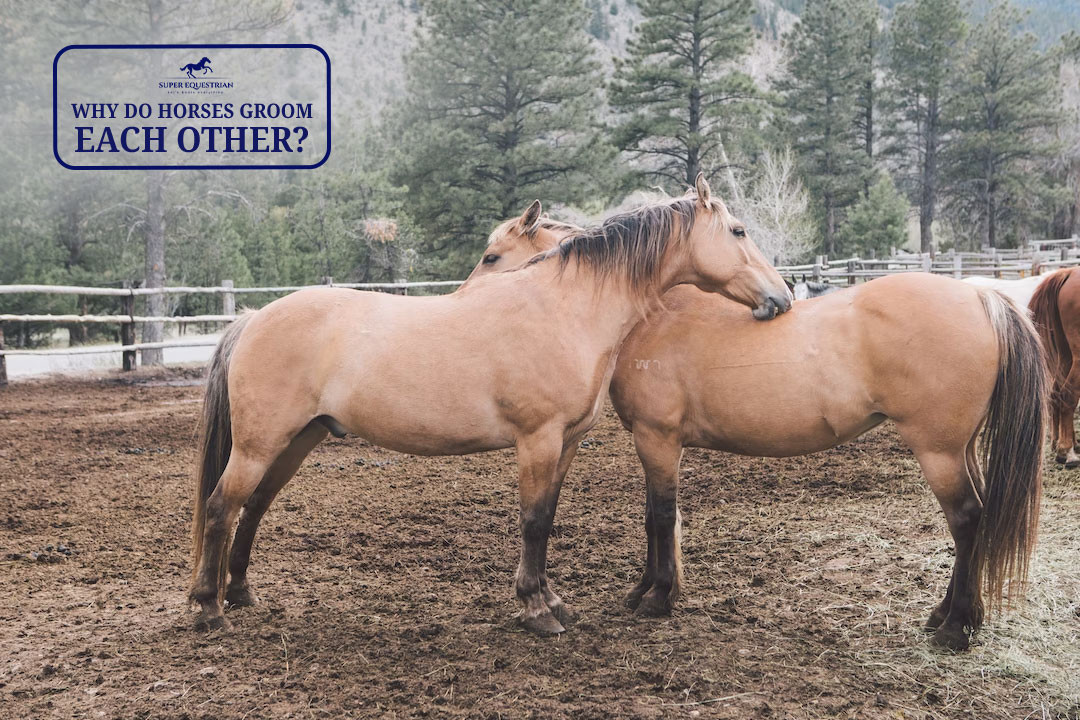
Why do horses groom each ...
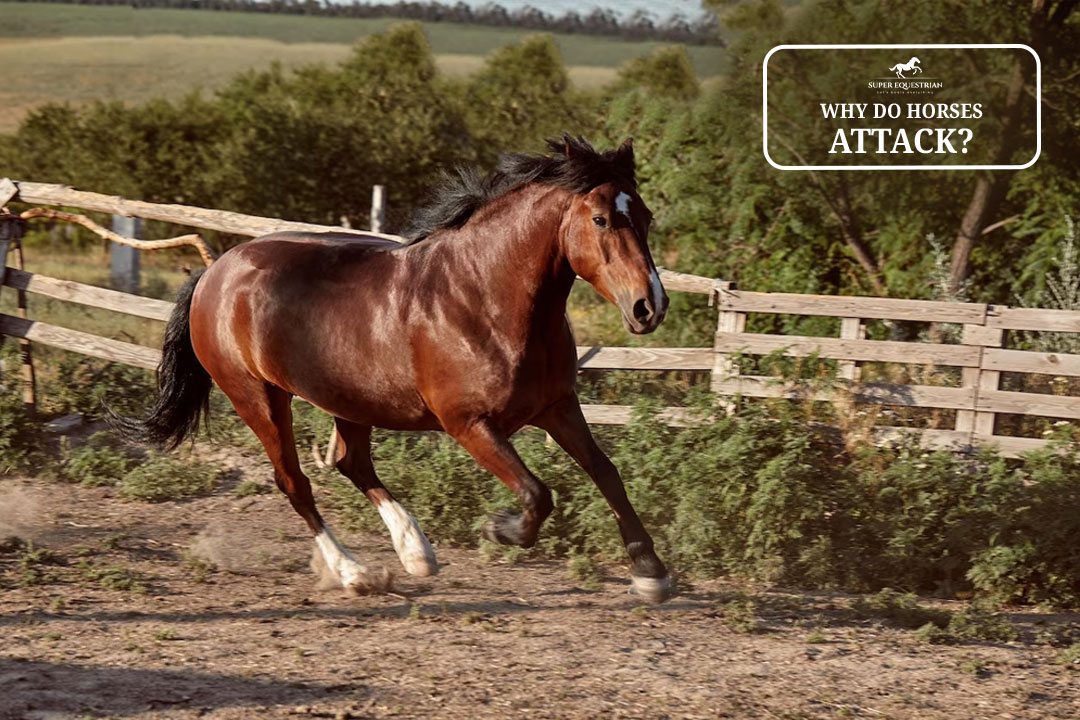
Why do horses attack...

Should I Use a Martingale ...

How to fit bell boots ...
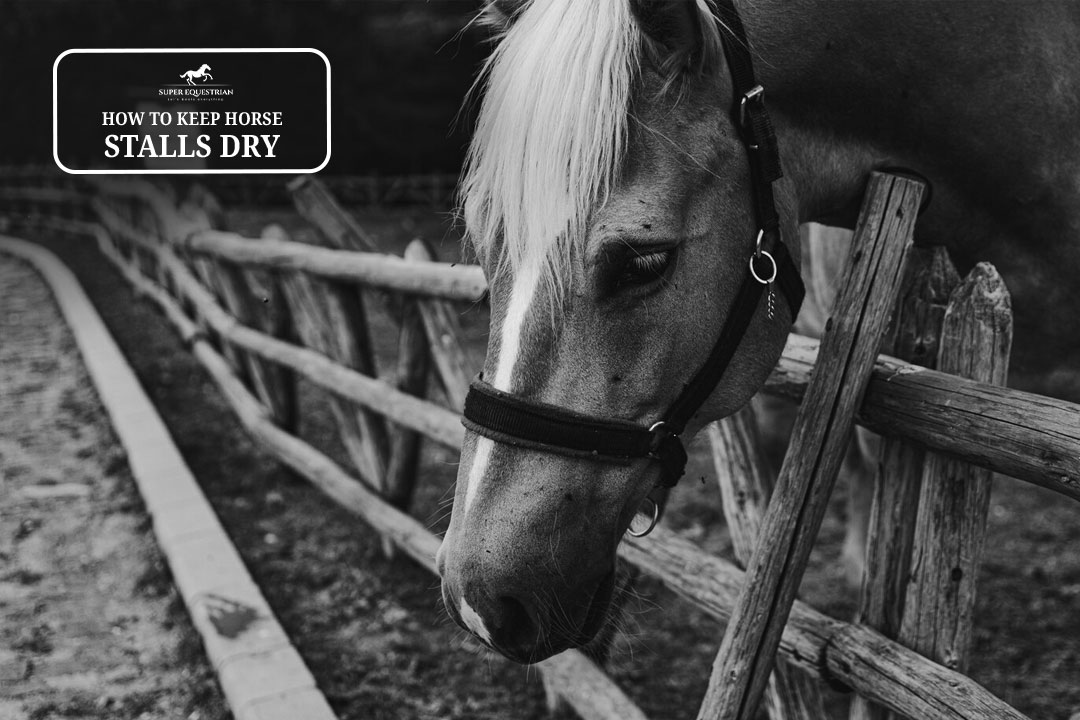
How To Keep Horse Stalls ...
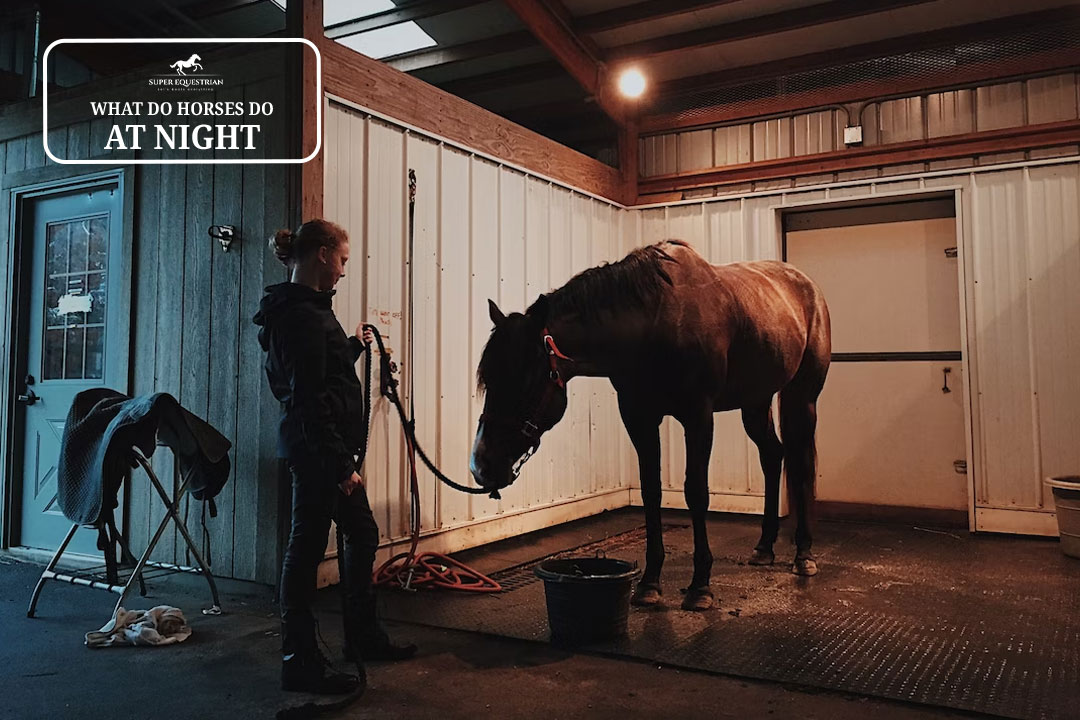
What Do Horses Do At ...
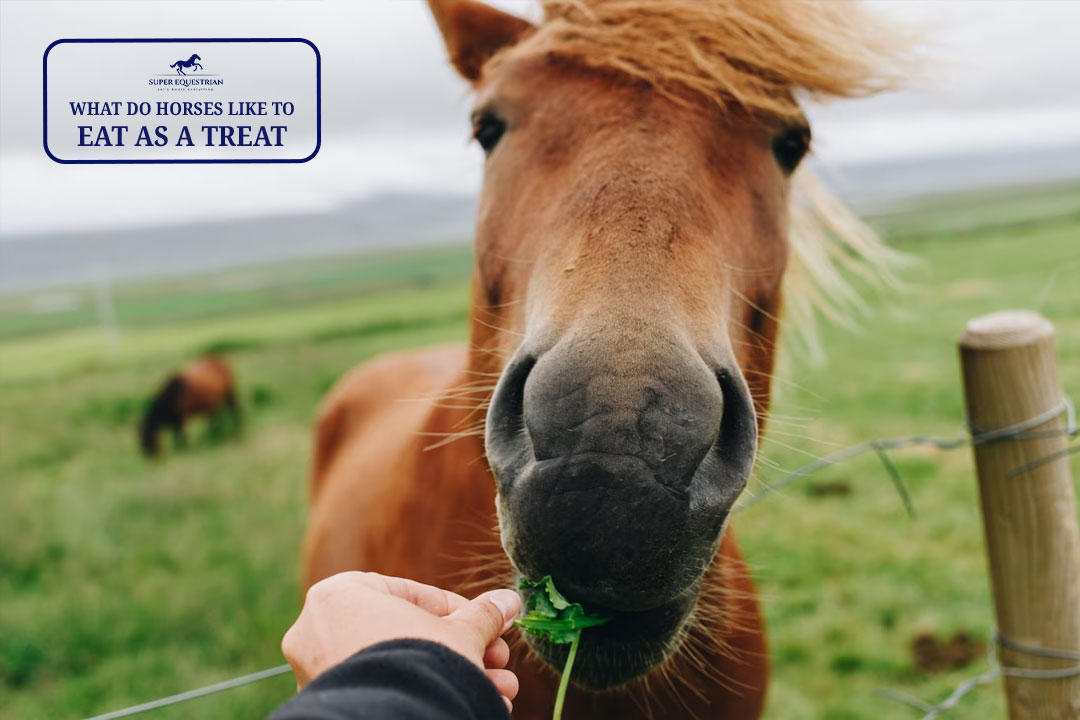
What do horses like to ...

Why do wild horses get ...
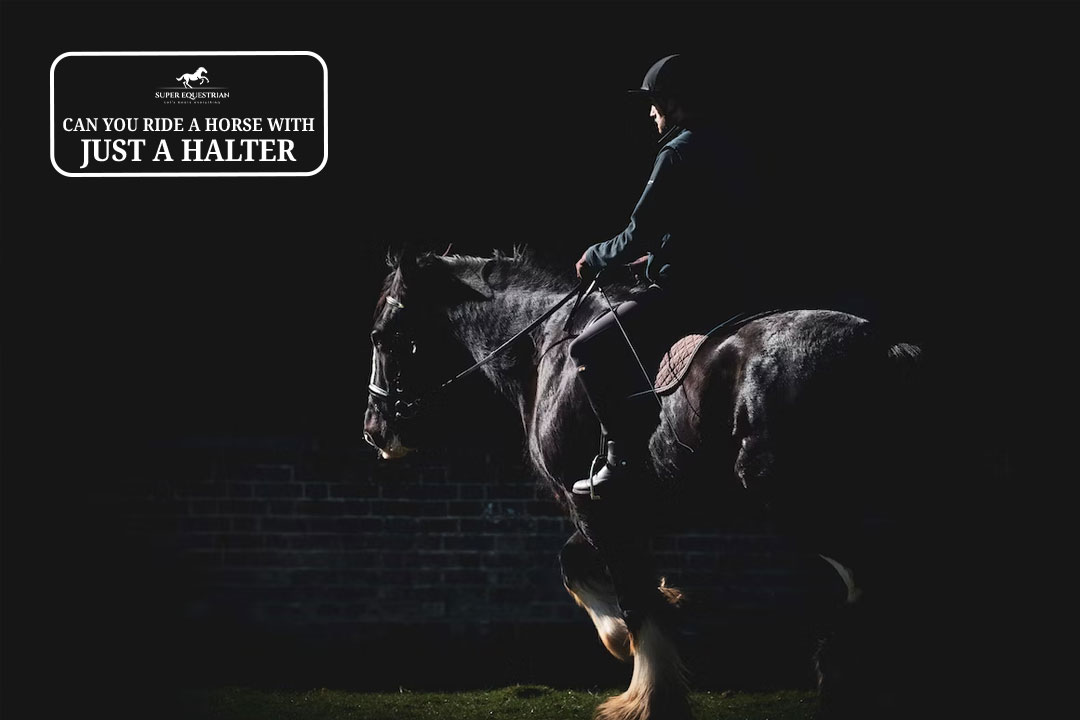
Can you ride a horse ...
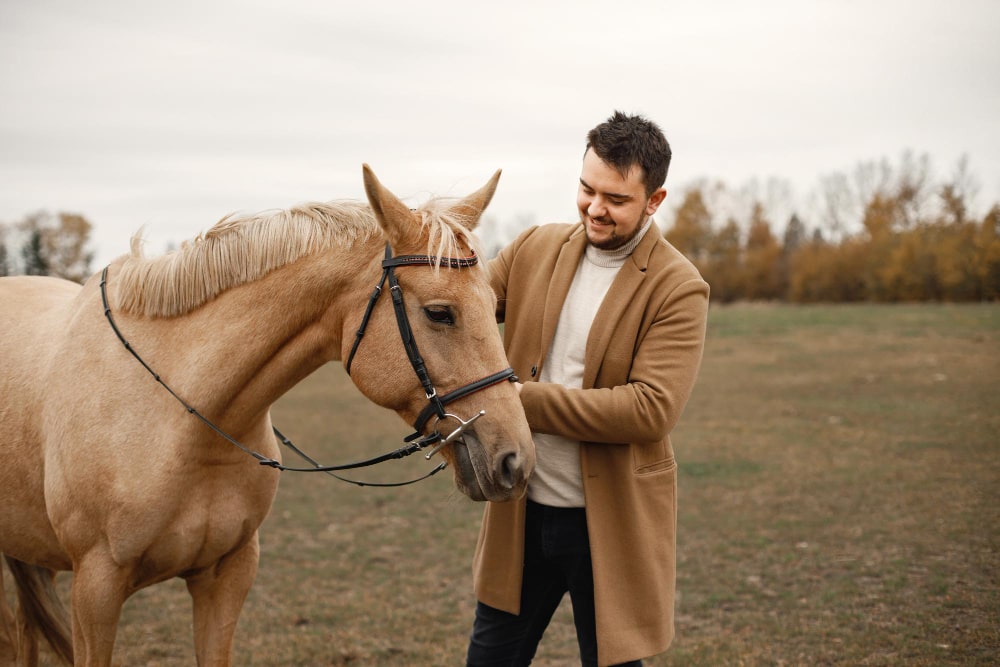
Are horses protective of their ...
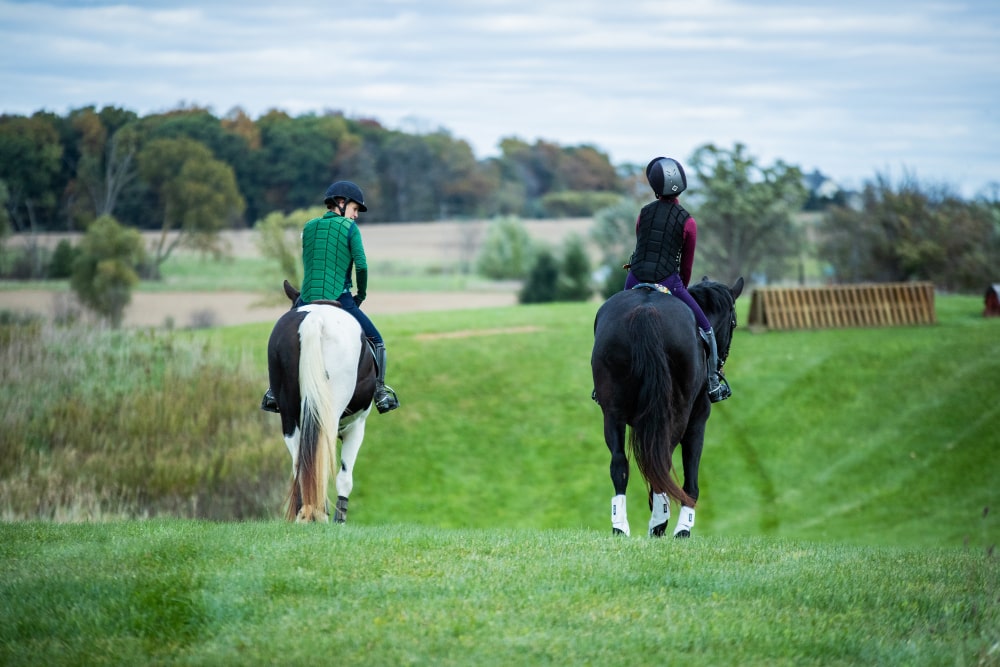
Why racking horses are popular ...
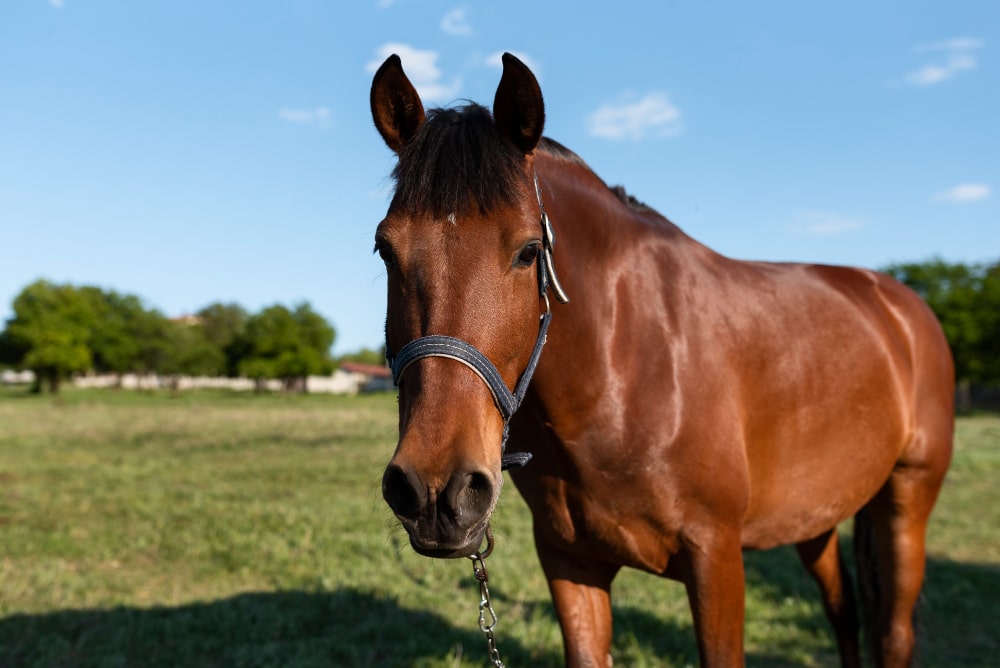
How To Keep Horses Off ...
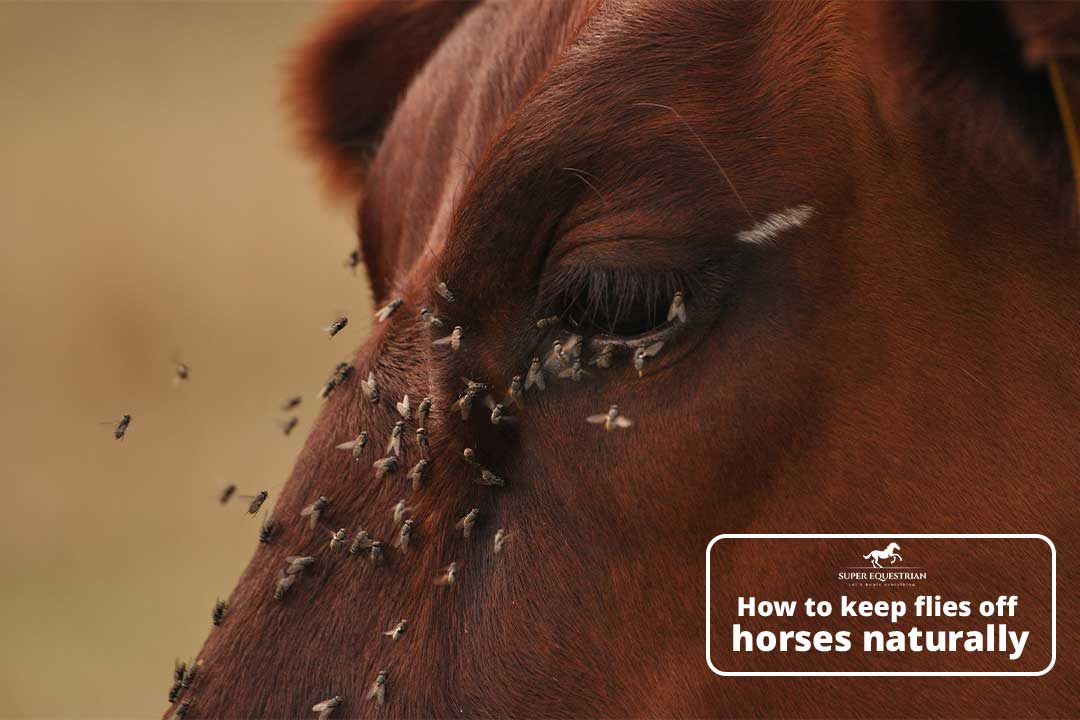
How to Keep Flies Off ...
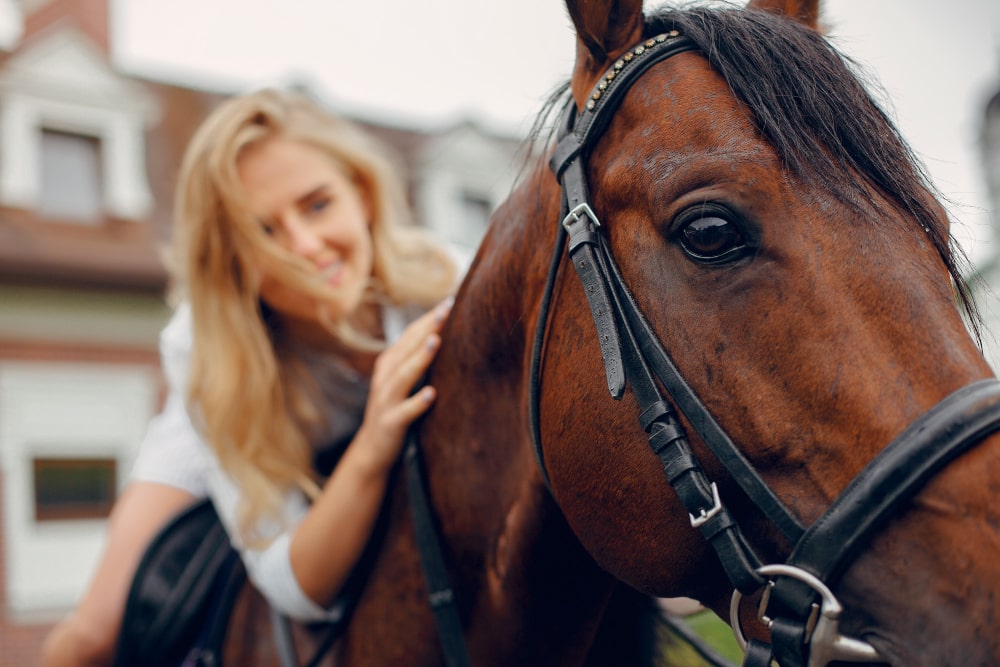
Pros and Cons Using A ...
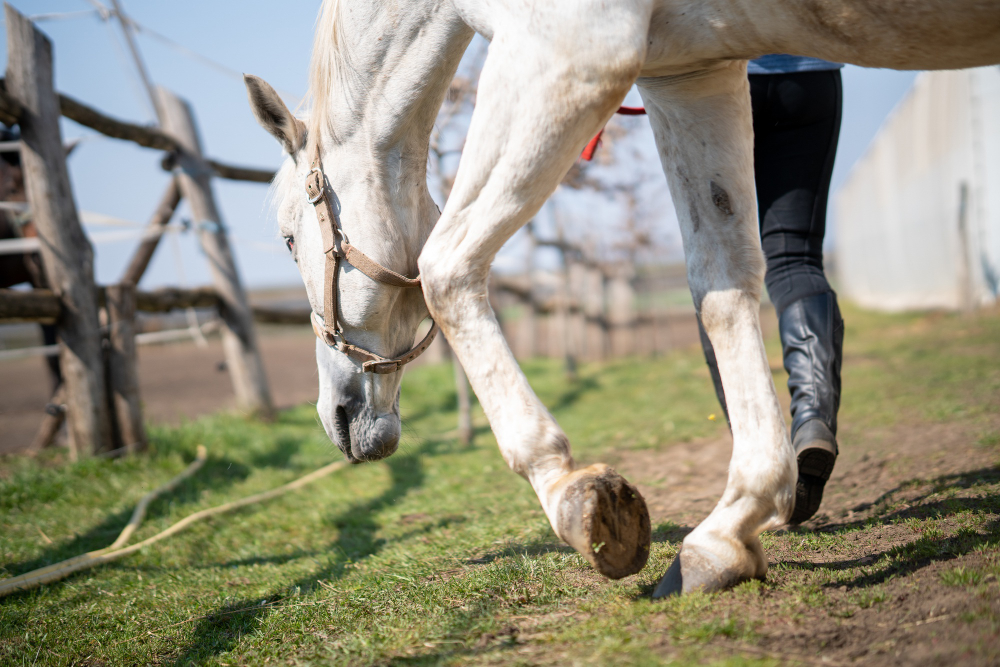
Can you ride a horse ...

Why are Corriente saddles so ...
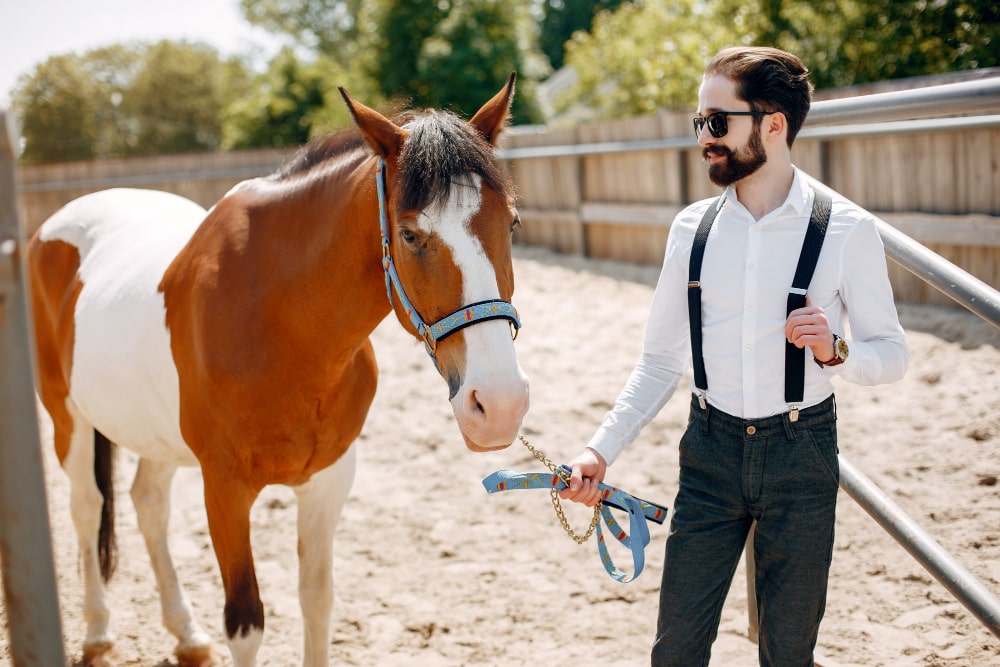
Pros and cons of equine ...
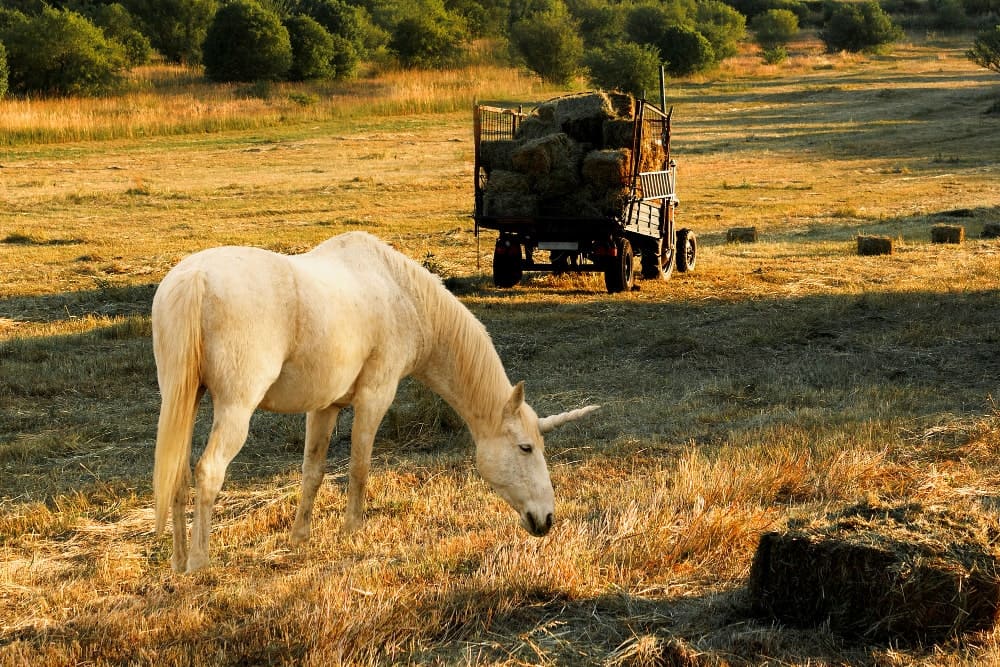
How Long After Mowing Can ...

How to Care for a ...
.jpg)
Why Do Horses Wear Blinders: ...
.jpg)
How to fit an exercise ...

Why is my horse bucking ...
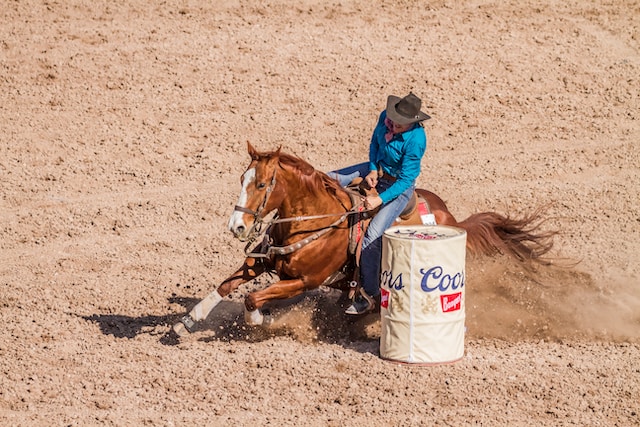
What causes a horse to ...
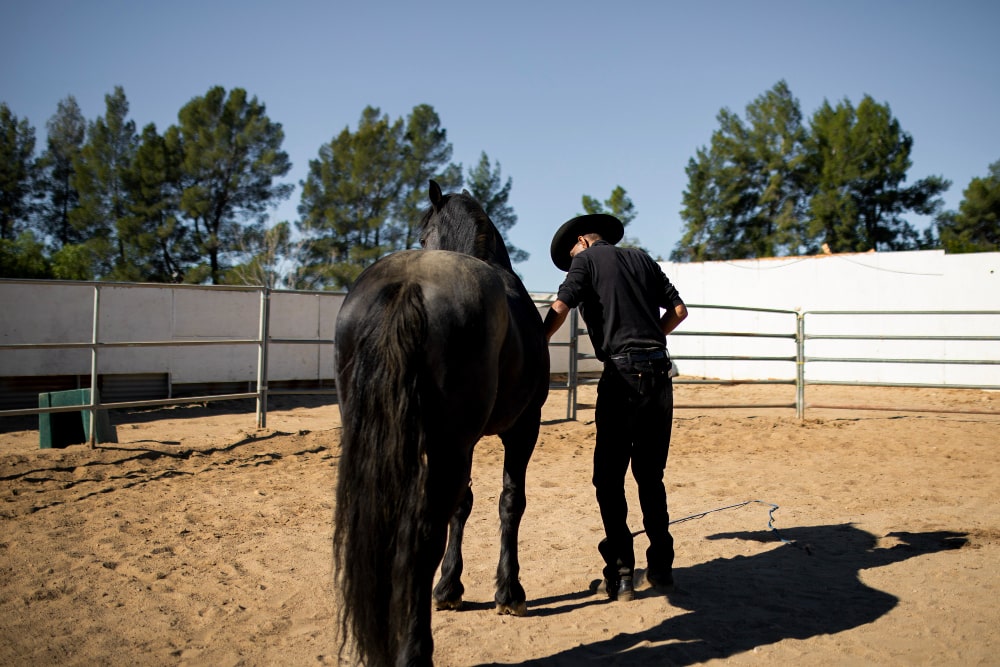
How to Stop a Horse ...
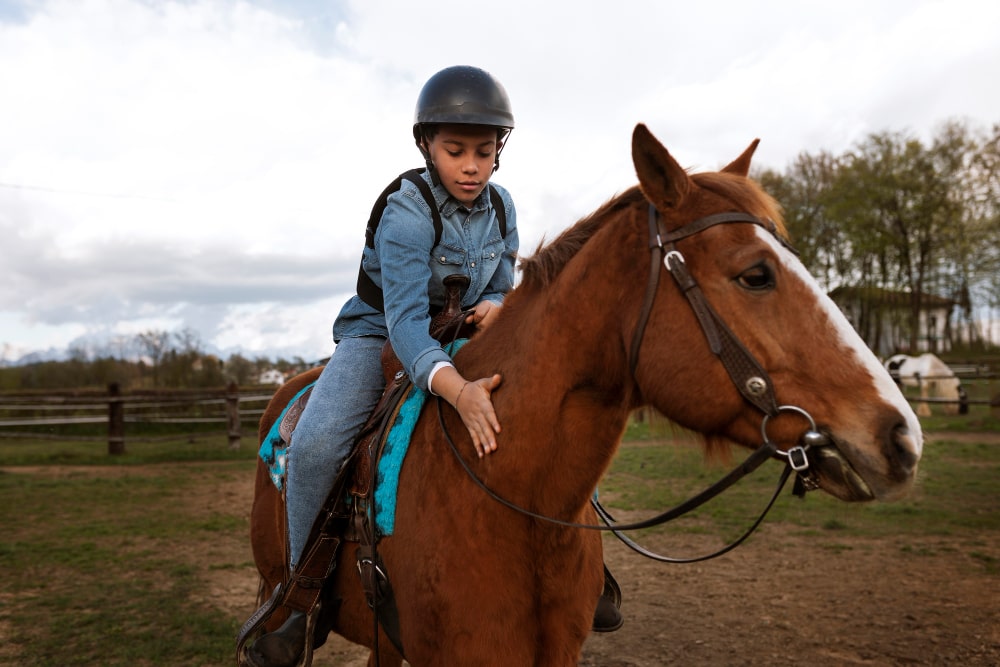
Why Is My Horse Bunny ...

How To Improve Pasture For ...
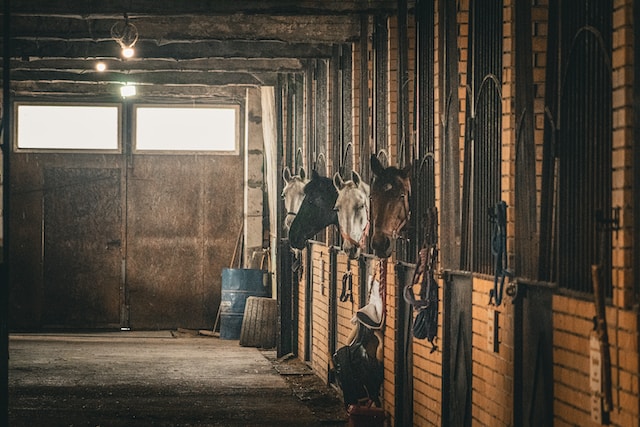
How to get the smell ...

Can you add ramp to ...

What Is The Temperament Of ...
.jpg)
Why Is Friesian Horse Hair ...
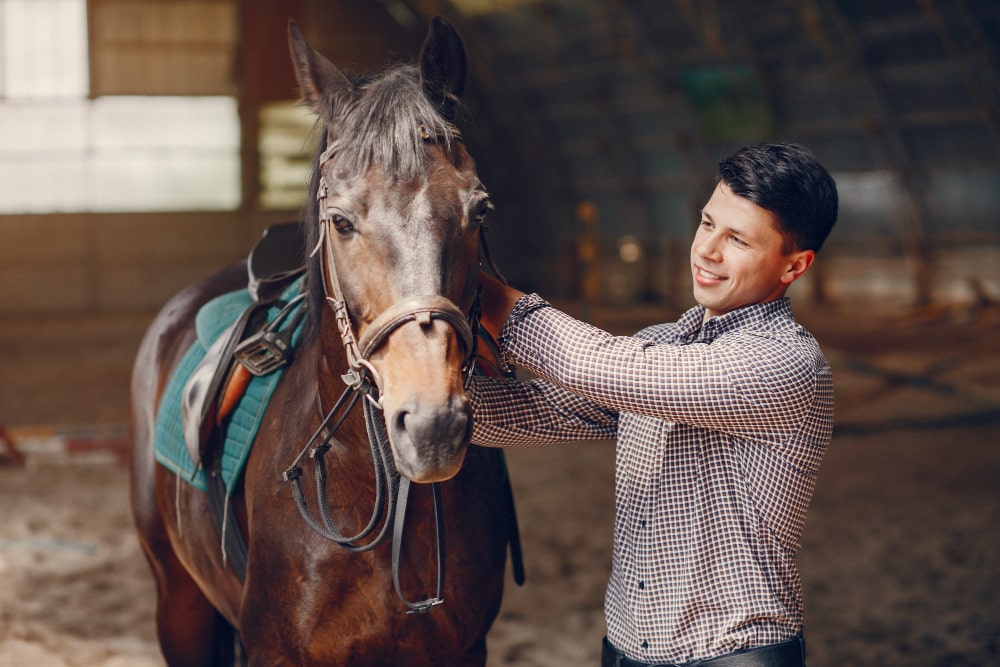
Why is my horse testing ...
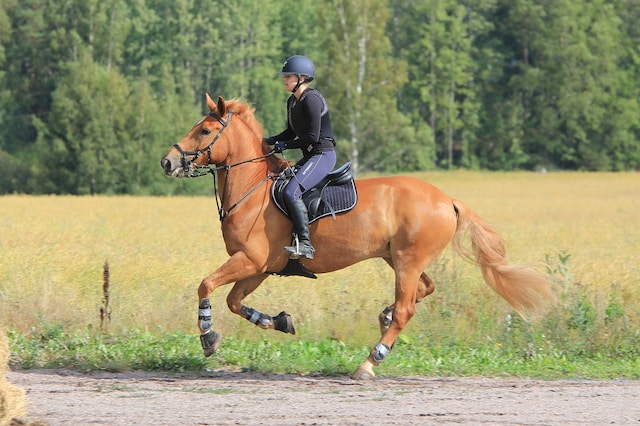
How often you should take ...
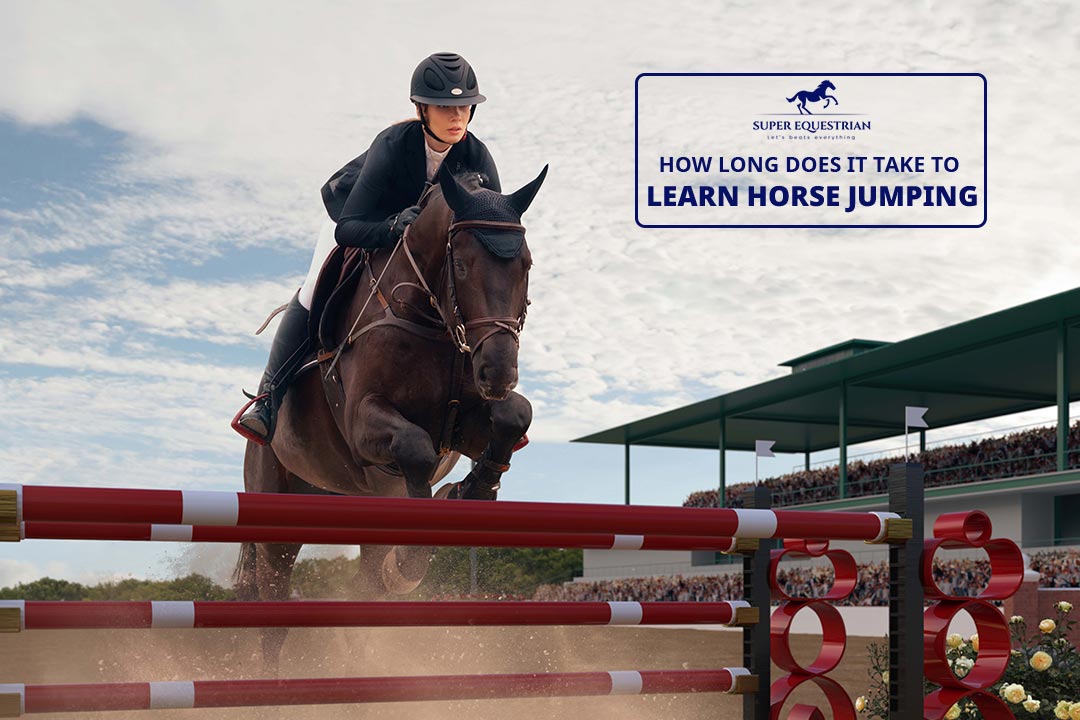
How long does it take ...
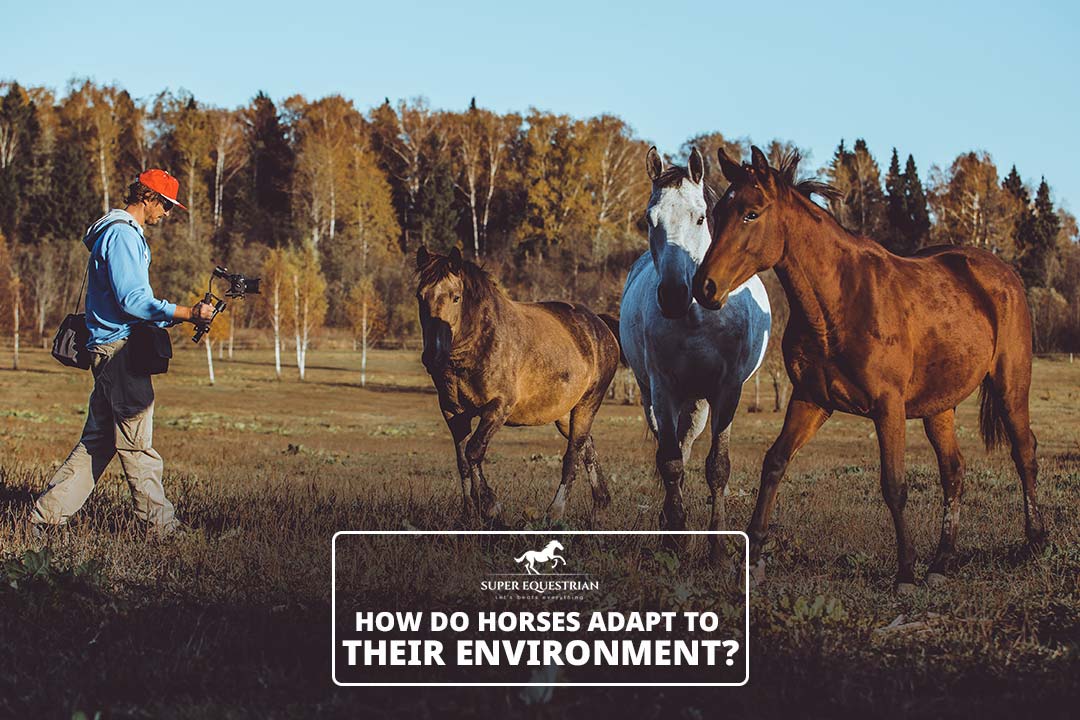
How do horses adapt to ...

How To Prepare For A ...
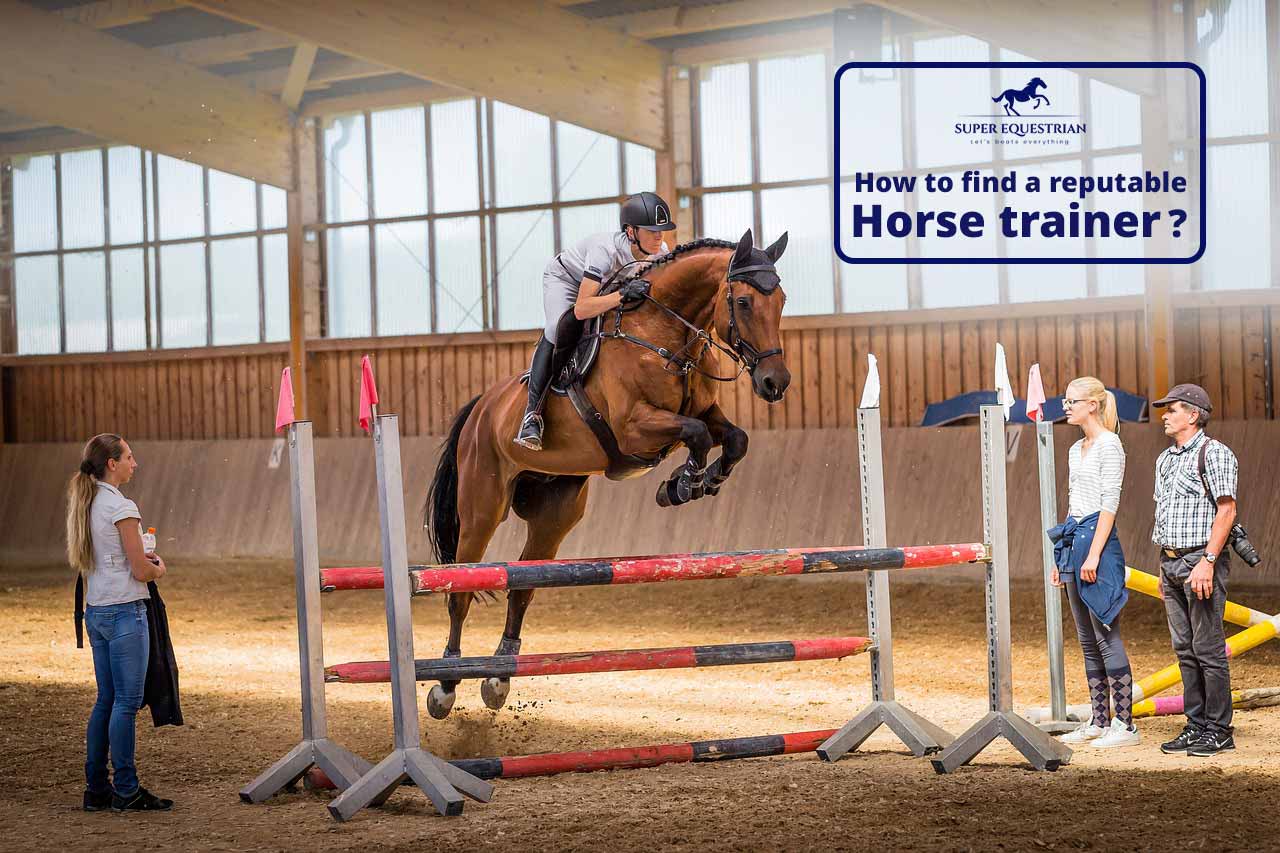
How To Find A Reputable ...
.jpg)
Do Horses Get Medals at ...

How to create a horse-...